Tag Archives: Oppo
Oppo Find X8 Pro Review: Powerful Quad-Camera, Now with a Slimmer Profile

PROS:
- Sophisticated quad-camera system with dual-periscope telephoto
- Excellent ergonomics and sleek design
- Impressive performance
CONS:
- Quick button functionality can be inconsistent
- Limited to 80W wired charging
OPPO is turning up the heat in the flagship arena with the launch of the global version of the OPPO Find X8 series. These premium devices place a major emphasis on camera innovation, with Hasselblad lending its expertise to elevate the photography experience. The Find X8 Pro, in particular, exemplifies OPPO’s partnership with Hasselblad, offering a sophisticated quad-camera system that includes dual-periscope telephoto lenses for unmatched versatility.
Beyond its photographic prowess, the Find X8 Pro delivers impressive performance powered by MediaTek’s latest Dimensity 9400 chipset, complemented by excellent ergonomics for a comfortable user experience. We put the device through its paces to see just how well it performs under various conditions, evaluating its capabilities in real-world scenarios.
Designer: OPPO
Aesthetics
The OPPO Find X8 Pro has undergone a significant design transformation, presenting a more subtle elegance with a less dominant camera island. OPPO has managed to reduce the size and thickness of the camera bump by 40% compared to its predecessor, according to the company. Although the camera bump remains prominent, it is now more streamlined.

The camera island is designed with perfect symmetry, housing four cameras and featuring the Hasselblad H branding at its center. OPPO’s distinctive Cosmos Ring design and the iconic orange dot are also present, paying homage to classic cameras.
Both variants of the Find X8 Pro are sleek and sophisticated, embodying modern design principles. The Space Black model boasts a frosted textured back panel with a matching matte black aluminum frame and a glossy black camera island, creating a seamless and understated look.

The Pearl White variant, inspired by organic beauty, features a unique pearl-like pattern on the back panel that subtly reflects light, complemented by a silver matte frame and a white camera island. This variant captures attention with its elegant and refined appearance. Notably, there is no vegan leather option available for the Find X8 series.
The overall design of the OPPO Find X8 Pro reflects a meticulous attention to detail, ensuring that both color options offer a premium feel and a visually appealing aesthetic.
Ergonomics
The OPPO Find X8 Pro excels in ergonomics, thanks to its thoughtful design and reduced size and weight. With dimensions of 162.27×76.67×8.24 mm for the Space Black variant and 162.27×76.67×8.34 mm for the Pearl White variant, and a weight of 215 grams, the device is not small but manages to avoid feeling massive in hand. This is largely due to its reduced thickness and weight, which contribute to a comfortable grip.

The back panel is slightly curved at all four edges, providing a seamless transition to the frame and enhancing the device’s ergonomics. The slightly curved glass around the edges facilitates smooth swiping, making navigation a breeze. However, the placement of the fingerprint scanner near the bottom edge can make unlocking and operating the phone a bit awkward.
OPPO has reintroduced the alert slider, allowing users to quickly switch between ring, vibrate, and silent modes. Additionally, the Find X8 Pro features a new quick button on the right side, dedicated to camera functions. This capacitive touch button enables rapid camera launch in just 0.4 seconds with a double tap, as well as zooming in and out by sliding your finger and snapping photos in single or burst mode.

The concept of a dedicated camera button is exciting, but my experience with it was a bit of a mixed bag. I’ve had a similar experience with the iPhone 16’s button, which was also less than impressive. OPPO’s quick button is different from the iPhone’s, as it is a capacitive touch button. However, it requires a bit of force to activate, which can make it feel less responsive.
The zooming function sometimes went in the opposite direction of what I intended, though I did notice some improvement after adjusting the pressure sensitivity settings, and I got better with practice. Personally, I still find the dial carousel on the camera UI easier for zooming, but that might just be me. It would be nice if the quick button included features like a two-stage shutter (half-press for focus, full-press for shutter) and some customization options.

Overall, the OPPO Find X8 Pro impressively balances advanced features like its four-camera system with a design that remains sleek and manageable. It’s a testament to OPPO’s engineering that they managed to incorporate such powerful features into a device that remains easy to handle and use. While there are still some areas, like the quick button, that could be refined further, the overall ergonomic design is commendable.
Performance

The OPPO Find X8 Pro is a powerhouse in terms of camera capabilities, boasting an impressive array of hardware and features. It is equipped with four 50MP cameras, including two periscope telephoto lenses, just like the Find X7 Ultra. The phone sports a 32MP camera on its front for selfies.

Main, 1x

Main, 1x, Low Light

Main, 2x Portrait, Low Light
The main camera features a 1/1.4-inch Sony LYT-808 sensor with an f/1.6 aperture and optical image stabilization (OIS). It excels in both well-lit and low-light conditions, capturing photos with vibrant yet natural colors and accurate white balance. The main lens also offers a 2x optical zoom, adding versatility to your photography.

Main, 1x

Telephoto, 3x

Telephoto, 6x

Telephoto, 30x

Telephoto, 60x

Telephoto, 120x
The 3x optical zoom, 73mm-equivalent camera boasts a 1/1.95-inch Sony LYT-600 sensor, an f/2.6 aperture, and OIS. The 6x optical zoom, 135mm-equivalent telephoto camera features a 1/2.51-inch Sony IMX-858 sensor, an f/4.3 aperture, and OIS. Both telephoto lenses deliver detailed, well-exposed (sometimes slightly overexposed) shots with impressive dynamic range across various lighting scenarios.
The ultra-wide camera, featuring a Samsung 5KJN5 sensor with a 1/2.75-inch size and an f/2.0 aperture with autofocus, completes the versatile camera system. While it may be less exciting compared to the other lenses, it performs reliably well.
The portrait mode offers a range of focal lengths, including 23mm, 48mm, 73mm, and 136mm, providing outstanding subject isolation and creamy bokeh at any focal length.

Ultrawide, 0.6x

Macro, 3x

Portrait, 73mm
The device can record 4K 60fps Dolby Vision video on all cameras, including the front-facing one. Videos from the rear cameras are well-exposed, featuring vibrant colors and smooth transitions between lenses.
The OPPO Find X8 Pro features a stunning 6.78-inch AMOLED display with a 120Hz refresh rate, offering a resolution of 2780×1264 and a pixel density of 450 PPI. With a peak brightness of 4500 nits, the display is exceptionally bright, fluid, and vibrant, making it perfect for viewing content in any lighting condition. The inclusion of 2160Hz PWM dimming ensures comfortable viewing by reducing flicker, even at low brightness levels.

Under the hood, the Find X8 Pro is powered by the latest MediaTek Dimensity 9400 chipset, paired with either 12GB or 16GB of LPDDR5X RAM. Storage options range from 256GB to 1TB of UFS 4.0, providing ample space and speed for all your apps and media. The phone can handle demanding workloads effortlessly, including intensive gaming sessions and multitasking.
Running on ColorOS 15 atop Android 15, the Find X8 Pro offers a smooth and intuitive user experience. As expected from a 2024 flagship, it includes a suite of AI features, such as AI Studio and AI Reflection Remover. While testing the AI Reflection Remover, results were a bit hit or miss; however, this feature holds promise and could become incredibly useful as it becomes more sophisticated.

ColorOS 15 also introduces Touch to Share, enabling simple file transfers between the Find X8 Pro and iOS devices via NFC. This feature, which requires the O+ Connect app on iOS, will be available in a future update.
The phone is equipped with a robust 5910mAh silicon-carbon battery, supporting 80W wired fast charging and 50W wireless charging. Additionally, the device offers 10W reverse wireless charging, allowing you to power other gadgets on the go. Battery life is impressive, typically lasting a full day of heavy use without the need for a recharge.

Sustainability
With environmental responsibility becoming more critical these days, the sustainability of tech products is increasingly scrutinized. The OPPO Find X8 Pro, while impressive in its technological prowess, has room for improvement in its ecological impact. Constructed with reinforced glass and hardy aluminum alloy the device offers durability, and its IP68 and IP69 ratings provide robust protection against dust and water, further extending its lifespan.
However, by adopting a more proactive approach to sustainability, such as incorporating recycled materials and enhancing repairability, OPPO could significantly boost the Find X8 Pro’s appeal to eco-conscious consumers.
Value
In the Chinese market, the OPPO Find X8 Pro offers a compelling value proposition with its impressive specifications and features. The base model, featuring 12GB of RAM and 256GB of storage, is priced at CNY 5,299 (approximately 735 USD), while the higher-end model with 16GB of RAM and 1TB of storage is available for CNY 6,499 (approximately 900 USD).

At a similar price point, the Xiaomi 15 Pro presents itself as a competitive alternative. Meanwhile, the Vivo X200 Pro is positioned as a slightly more budget-friendly option within the premium smartphone segment.
Although pricing for markets outside of China is not available at the time of writing, OPPO’s strategy in its home market suggests an intent to deliver high-end performance and features at an accessible price point.
The Find X8 Pro distinguishes itself from competitors with unique selling points such as a sophisticated quad-camera system that includes dual-periscope telephoto lenses, providing unparalleled versatility in photography. Additionally, the device features a quick button for rapid camera access and an action button designed to enhance user interaction and convenience.

Verdict
The OPPO Find X8 Pro is a standout in the flagship smartphone market, offering a blend of cutting-edge technology and elegant design. Its camera system, developed in collaboration with Hasselblad, provides exceptional versatility and quality, making it a top choice for photography enthusiasts. The device’s performance and ergonomics are equally impressive, ensuring a smooth and enjoyable user experience. While there are areas for improvement, such as the quick button functionality, the Find X8 Pro remains a compelling option for those seeking a premium smartphone with a strong emphasis on photography and performance.

The post Oppo Find X8 Pro Review: Powerful Quad-Camera, Now with a Slimmer Profile first appeared on Yanko Design.
OPPO Find X8 Review: Slim, Sleek, and Subtle

PROS:
- Stylish and slim design with a very thin camera bump
- Improved Triple 50MP camera output
- Very large battery with fast wired and wireless charging
CONS:
- Limited availability for now
- Doesn't stand out from the OPPO Find X8 Pro
The year is almost over but OPPO is far from done. Aiming to end the year with a bang, the brand has taken the veils off the OPPO Find X8 and the OPPO Find X8 Pro, putting a heavy emphasis on photography chops. Of course, there’s plenty of AI to go around, as well as the computing power necessary to support those features.
The late 2024 models, however, might feel a little iterative, at least if you simply read the specs and feature list. As they say, however, don’t judge a book by its cover, or in this case its technical details, so we dive in to test if you will “Find” some unexpected treasures where “X” marks the spot, terrible puns totally intended.
Designer: OPPO
Aesthetics
Although the basic structure of the OPPO Find X8 doesn’t deviate too much from its predecessor, you can immediately see and feel its more refined personality. If the Find X6 and X7 were toddlers and teens breaking new ground, the Find X8 has the air of a young professional establishing its presence.
Part of that sleeker and more mature charm is its thin body, only 7.85mm without the camera bump. Granted, it’s not the thinnest phone around, but the flat sides, contoured edges, and thin bezels around the screen all contribute to making it look more modern and elegant. It can definitely meet the demand for sophisticated and luxurious designs among today’s discerning consumers.

The biggest contributing factor, however, is the refined Cosmos Ring camera design. It’s no longer unusual to see circular camera bumps on smartphones, but few manage to get it right, including previous Find X designs. With the OPPO Find X8, however, the company managed to pull off a seemingly magical feat of making it incredibly thin, only 3.01mm. No longer will camera bumps look like obscene moles and just gently blend into the rest of the phone’s equally stylish rear.
The cameras themselves are also arranged in a more symmetrical manner, no longer an eyesore that will trigger one’s aesthetic sensibilities. There’s still a periscope-style telephoto camera hiding there, so it’s not sacrificing any functionality with its improved style. It seems that OPPO has finally got it right this time around, and hopefully, it will keep refining its design language for future Find X models.
Ergonomics
The OPPO Find X8’s thin profile comes with another benefit. At only 193g, it’s quite a light object, nesting comfortably in your hand. There’s still some debate over the ergonomics of rounded versus flat sides, but in this swing of the pendulum, the pro-flat faction seems to have won. Thankfully, that also seems to be the case in this case.
The Cosmic Ring camera design also brings its own added value. Since the large circle is located in the middle of the phone, the weight is more evenly distributed across the phone’s width. There’s no wobble when you put it down on a flat surface, and it isn’t as top heavy as other phones that cram all that hardware to a corner. Your index finger also rests gently on the edge of the textured ring, adding to the confidence of your grip.
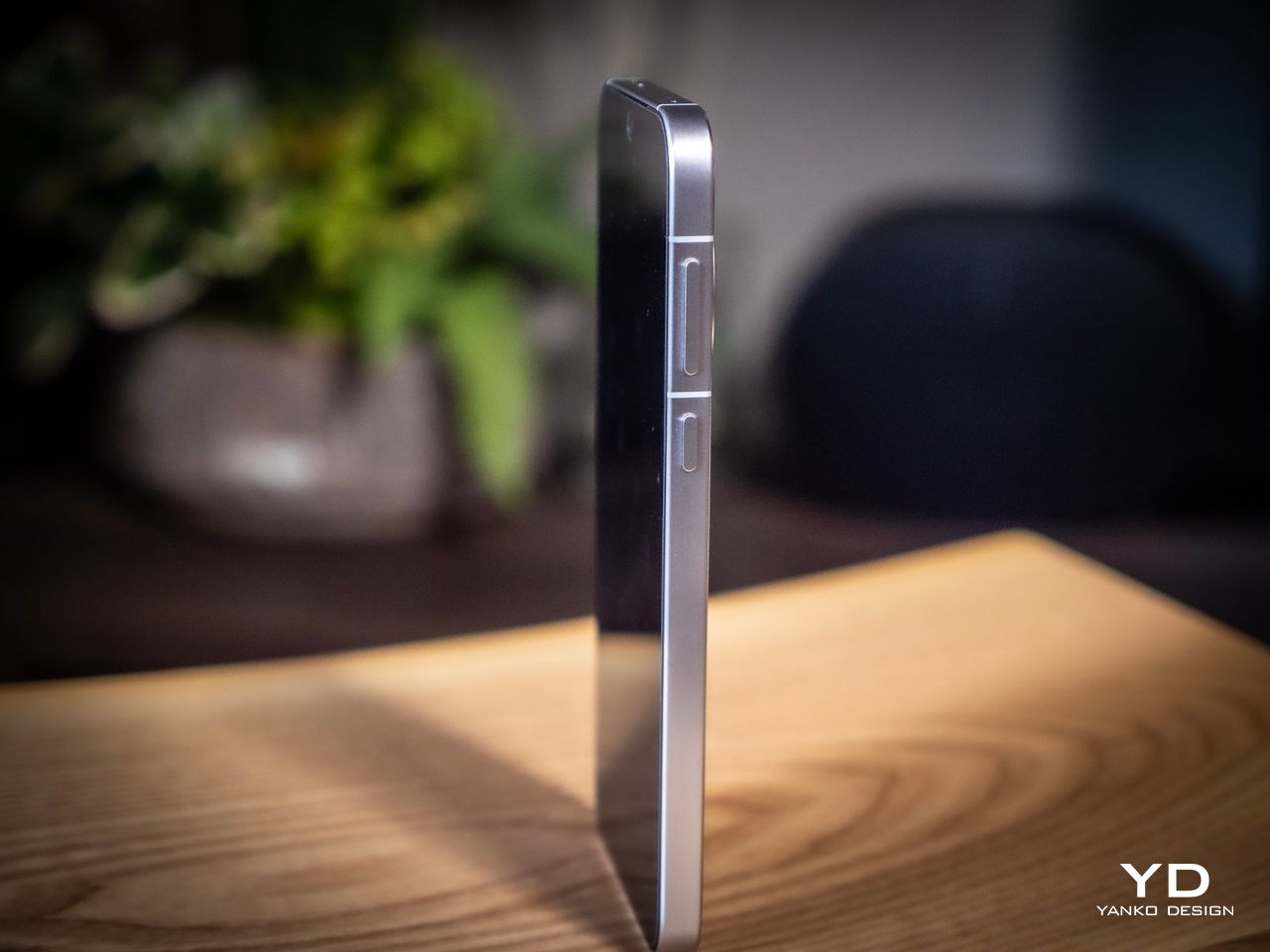
The Find X8’s comfort extends beyond your touch. It has a screen that boasts extremely high-frequency PWM (Pulse Width Modulation) dimming at 3840Hz, which helps reduce the strain on one’s eyes. Given how much we use our phones even in the dark, that’s no small benefit. It’s not going to beat E Ink displays, of course, but those can never replace the vibrant colors and fast refresh speeds of regular displays.
Performance
While there has been a lot of media buzz around Qualcomm’s shiny new Snapdragon 8 Elite, OPPO went with the someone unusual choice of putting the equally new MediaTek Dimensity 9400 chip inside both the Find X8 as well as the Find X8 Pro. To be fair, the performance gap between these two giants of the mobile processor industry has narrowed over the past years, and MediaTek offers a competitive and accessible alternative to Qualcomm’s pricey products.

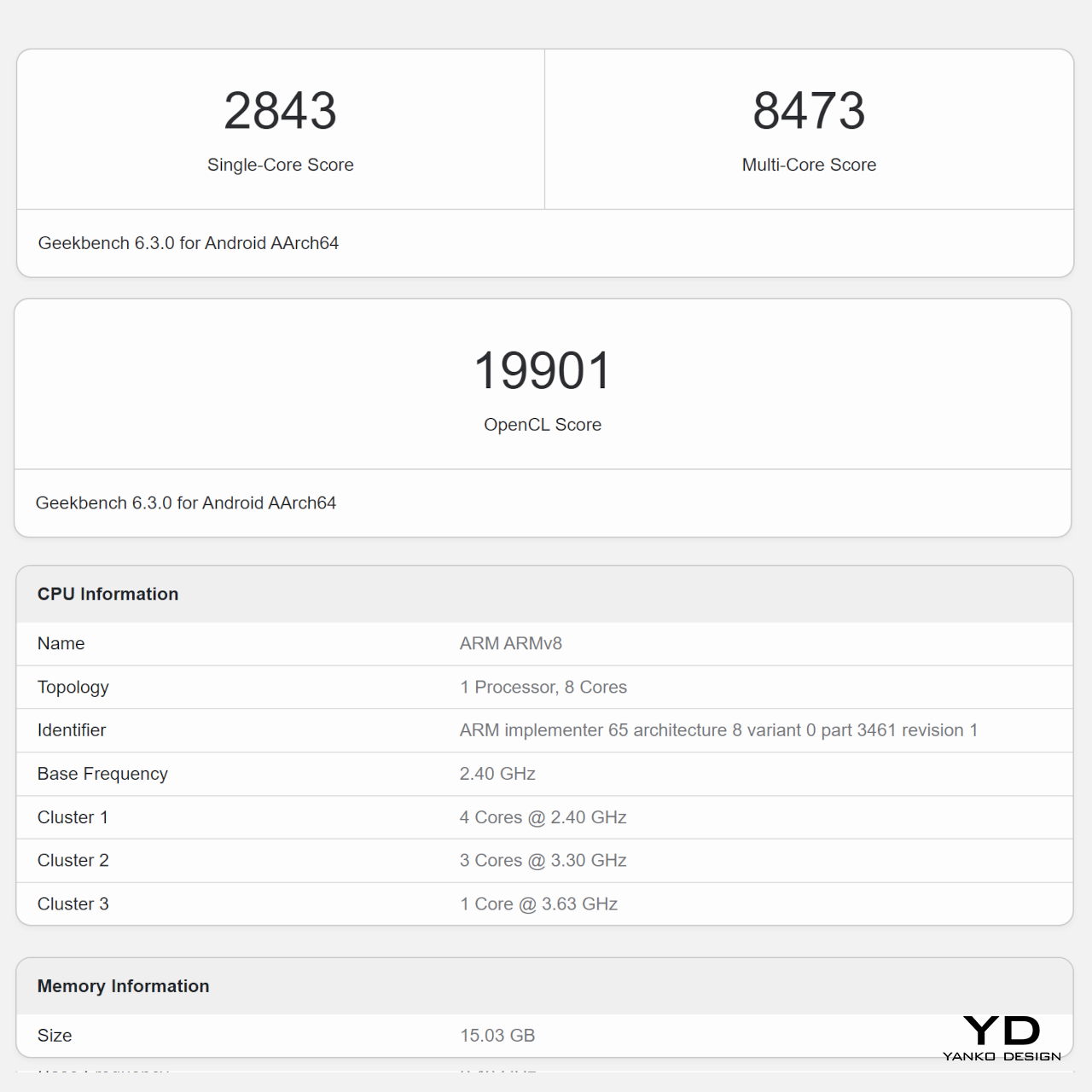
That can be seen in the OPPO Find X8, which doesn’t choke on the most grueling tasks, including mobile gaming. The new ColorOS 15, with its fancier graphics, animation, and AI features, performs smooth as butter, owing to the Dimensity 9400’s capabilities. There will definitely be cases where benchmark numbers will show it lagging behind the Snapdragon 8 Elite, but most people won’t feel the difference in everyday use.
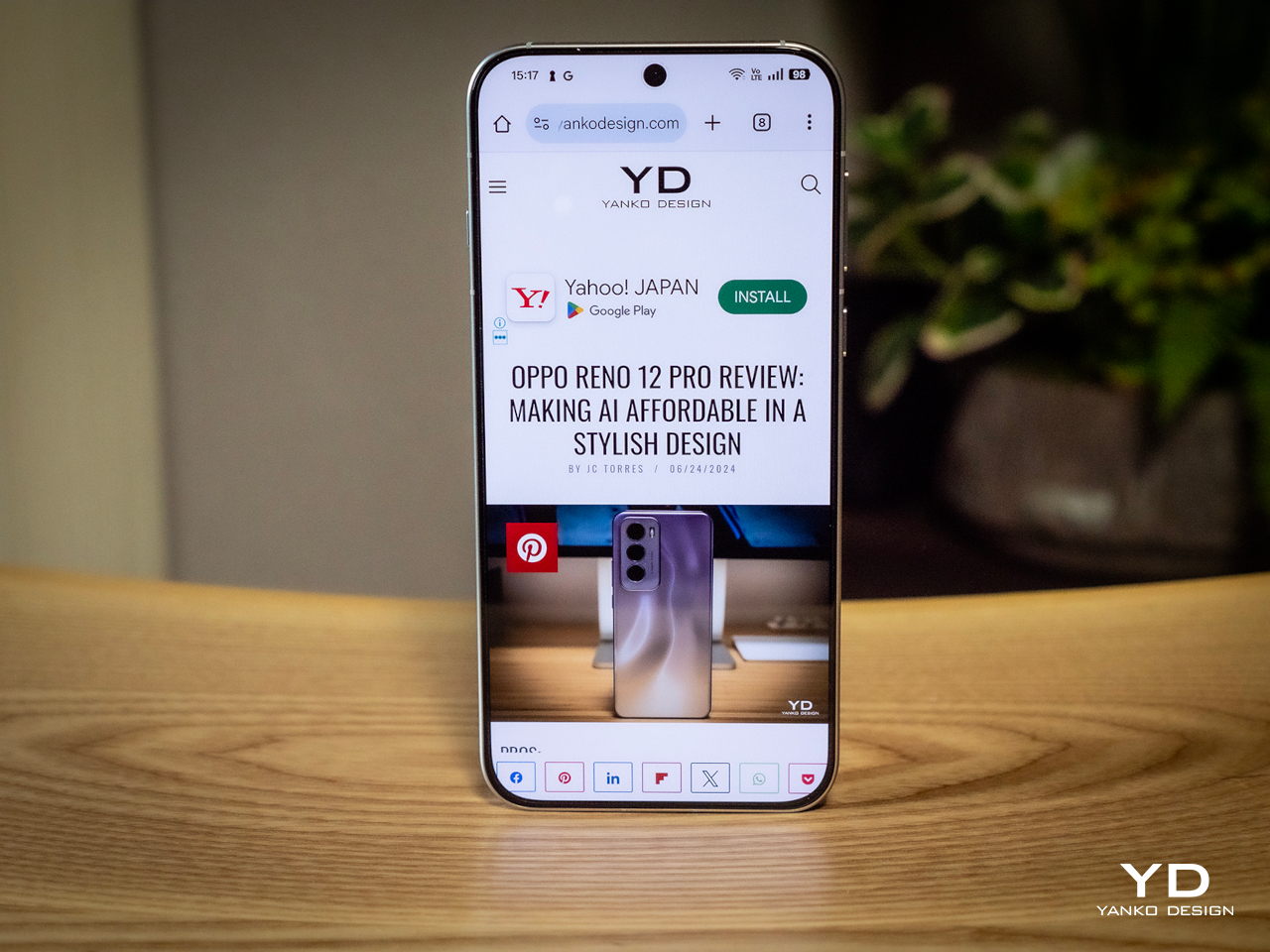
The OPPO Find X8 has a bright and colorful 6.59-inch screen with bezels only 1.45mm wide on all sides, bidding goodbye to the notorious “chin” of yesteryears. In addition to the eye-friendly PWM dimming mentioned earlier, it also has a pixel-dense 1.5K resolution, a fast and adaptable 120Hz refresh rate for fluid videos and games, and ProXDR support for gorgeous visuals. Suffice it to say, it really puts your content front and center.


Of course, as a member of the Find X family, the main course for this smartphone is the camera system. Going with a triple 50MP setup, which miraculously fits in that thin ring, reduces the jarring change between wide, ultra-wide, and telephoto cameras. Of course, there are still differences in focal length, but the quality is more or less on equal footing.


The main 50MP Sonly LYT700 comes with a 24mm equivalent focal length and takes rather great photos even in overcast weather. It can support at least up to 2x zoom on its own, but you’ll really want to switch to the 50MP Sony LYT600 and its periscope telephoto lens for getting up close and personal. It supports 3x optical zoom, and you can even extend that to 10x with some help from the AI Telescope Zoom feature. Unfortunately, even at 3x, you will start to see some loss in detail under more difficult lighting situations.

The 50MP Samsung JN5 ultra-wide camera has a rather narrow 15mm focal length. That means less distortion around the edges, but also not as wide as other ultra-wide cameras on other phones. There’s also an inconsistency in brightness and white balance compared to the main camera, but that’s not unusual because of its smaller f/2.0 aperture. Regardless, the OPPO Find X8 delivers decent shots with every click, which is quite impressive when you consider how thin it is.

It would be remiss not to mention the other aspects of mobile photography that don’t rely on the hardware only. Like previous OPPO flagships, the partnership with Hasselblad yields special portrait modes that try to recreate the brand’s famed cameras through some software tweaking. There is also an abundance of AI-powered features for tweaking and improving photos, especially when filling in the gaps that can’t be captured by the sensors. There’s also a “Lightning Snap” feature that’s pretty much an AI-assisted burst mode to help with fast-moving cars and kids.
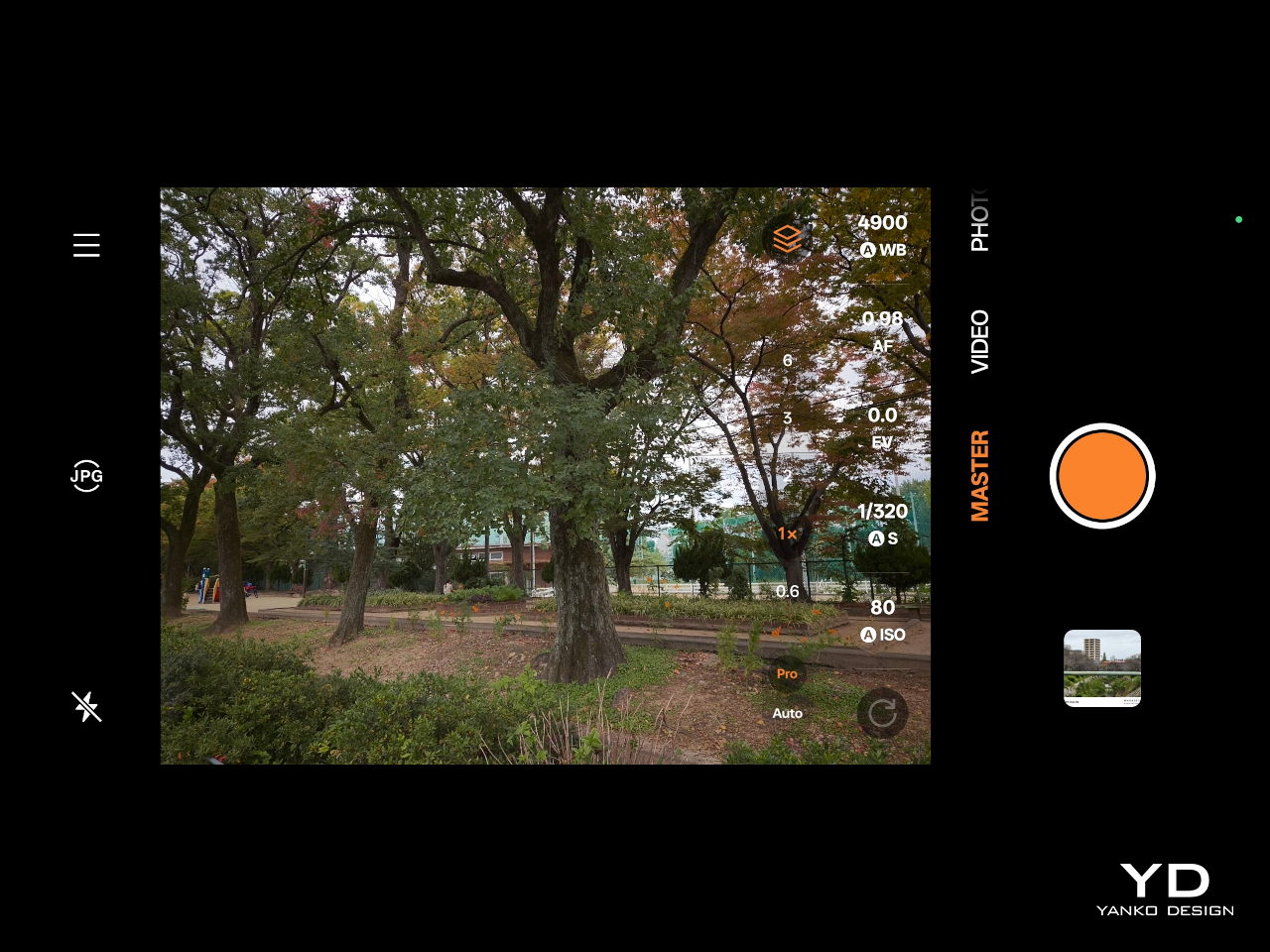
Powering all these features is a large 5,630mAh battery, definitely one of the largest for this phone size. To complement that size, OPPO has equipped the Find X8 with fast 80W SuperVOOC wired charging, which is admittedly just a little bit slower than the previous-gen 100W speed. It does support fast 50W AirVOOC wireless charging, though you’ll naturally need to use OPPO’s proprietary accessories for that.
Long story short, the OPPO Find X8 offers a well-balanced set of features that will delight hobbyist photographers and everyday users. There’s no shortage of AI buzz as well, including integration with Google Gemini and the now popular Circle to Search feature. That said, people are still coming to terms with what AI can do for them on their phones, so these are definitely not killer features for this generation.
Sustainability
OPPO is one of the few major phone brands that has a very strong sustainability program to reduce their negative impact on the environment. Unfortunately, that’s not directly seen here on the Find X8, at least not when it comes to using sustainable materials like recycled plastic or metal. Packaging size has indeed been reduced, but that’s pretty much it. It does ship with a charger, which you’ll really need since it uses a proprietary fast-charging technology.
Where the OPPO Find X8 does shine in this regard is its durability and longevity. It goes beyond the expected IP68 dust and water resistance rating and is actually certified for IP69, protecting it against sprays of water up to 80°C in temperature. It also has an MGJB 150.18A MIL-STD rating for shock protection and Swiss SGS certification for whole-phone drops. In other words, it is designed to last for a long time, at least under regular wear and tear, delaying any need to throw it away for a new unit.
Value
The OPPO Find X8 represents maturity in terms of design and function. It is now more elegant, more symmetrical, and more stylish while keeping the good things that OPPO fans have enjoyed for years. While there might be some inconsistency with camera output, it’s definitely no slouch in that area. It offers a solid contender in the smartphone market that could stand proud against other giants in the market.
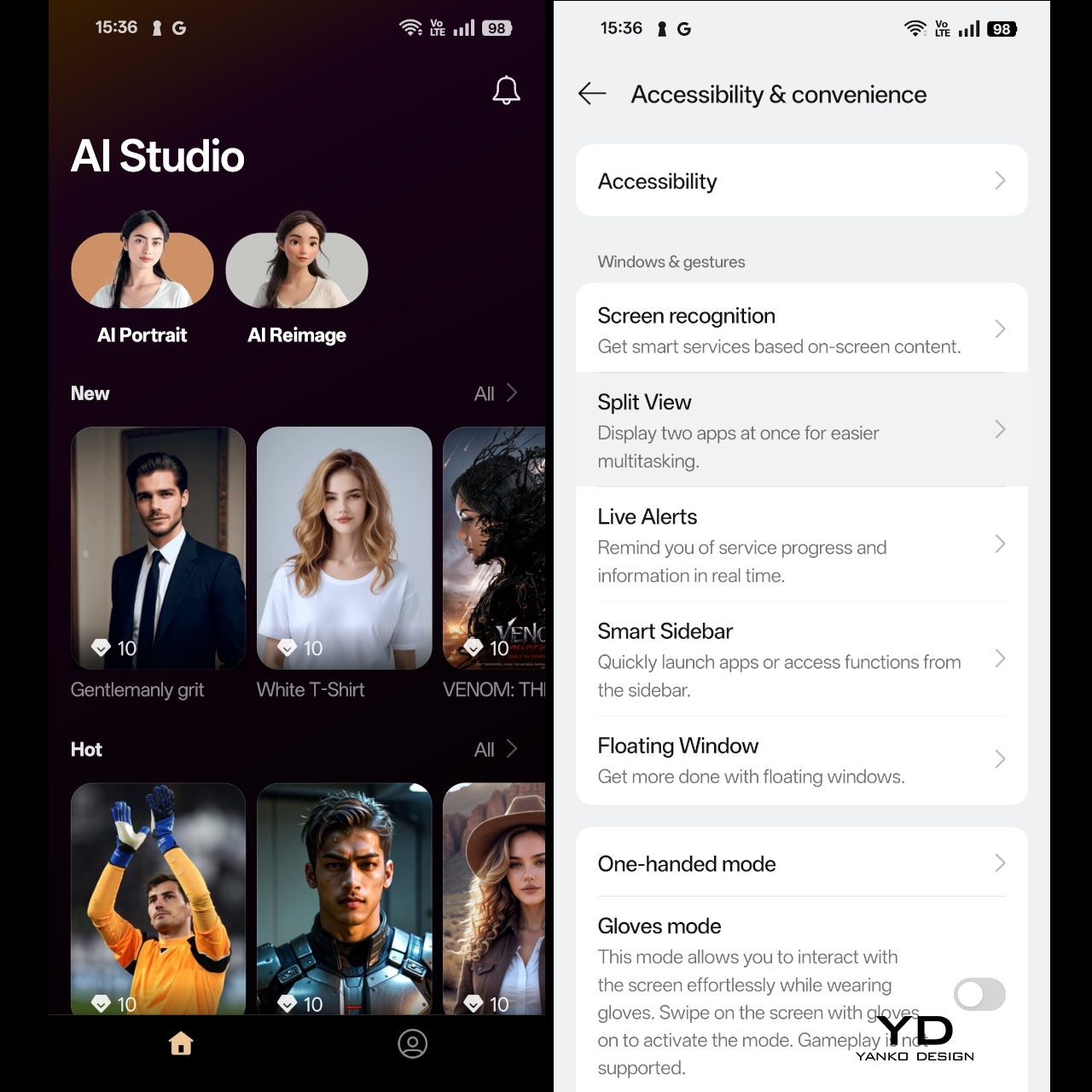
The Find X8’s biggest rival, however, isn’t those brands. Ironically, it’s the Find X8 Pro itself that makes the non-Pro model a harder sell. It has nearly identical specs, just better and larger, and a fourth 50MP camera that tries to reach farther. The Find X8 starts at 4,199 RMB, roughly $580, which isn’t that far from the Find X8 Pro’s 5,299 ($730) starting price tag, both with 12GB of RAM and 256GB of storage. At the moment, there is also no word yet on international distribution, which further diminishes the phone’s value in the global market.
Verdict
There’s no stopping the development of more powerful smartphones and more component smartphone cameras, but manufacturers always have to consider the effects these would have on a phone’s design. Some brands don’t really seem to care, opting to just cram as much power they can in the hopes that buyers would overlook the visible warts. Others, on the other hand, prioritize good looks even if it means cutting corners in terms of overall value.
Striking a balance between form and function in smartphones is definitely easy, but the OPPO Find X8 proves that it’s not impossible. After a few iterations, OPPO has managed to shrink not just the phone’s buddy but also that tricky camera bump down to something more aesthetic yet still very powerful. As a brand very conscious of product design, we’re hoping OPPO continues on this path, blazing a trail for others to envy and then follow.
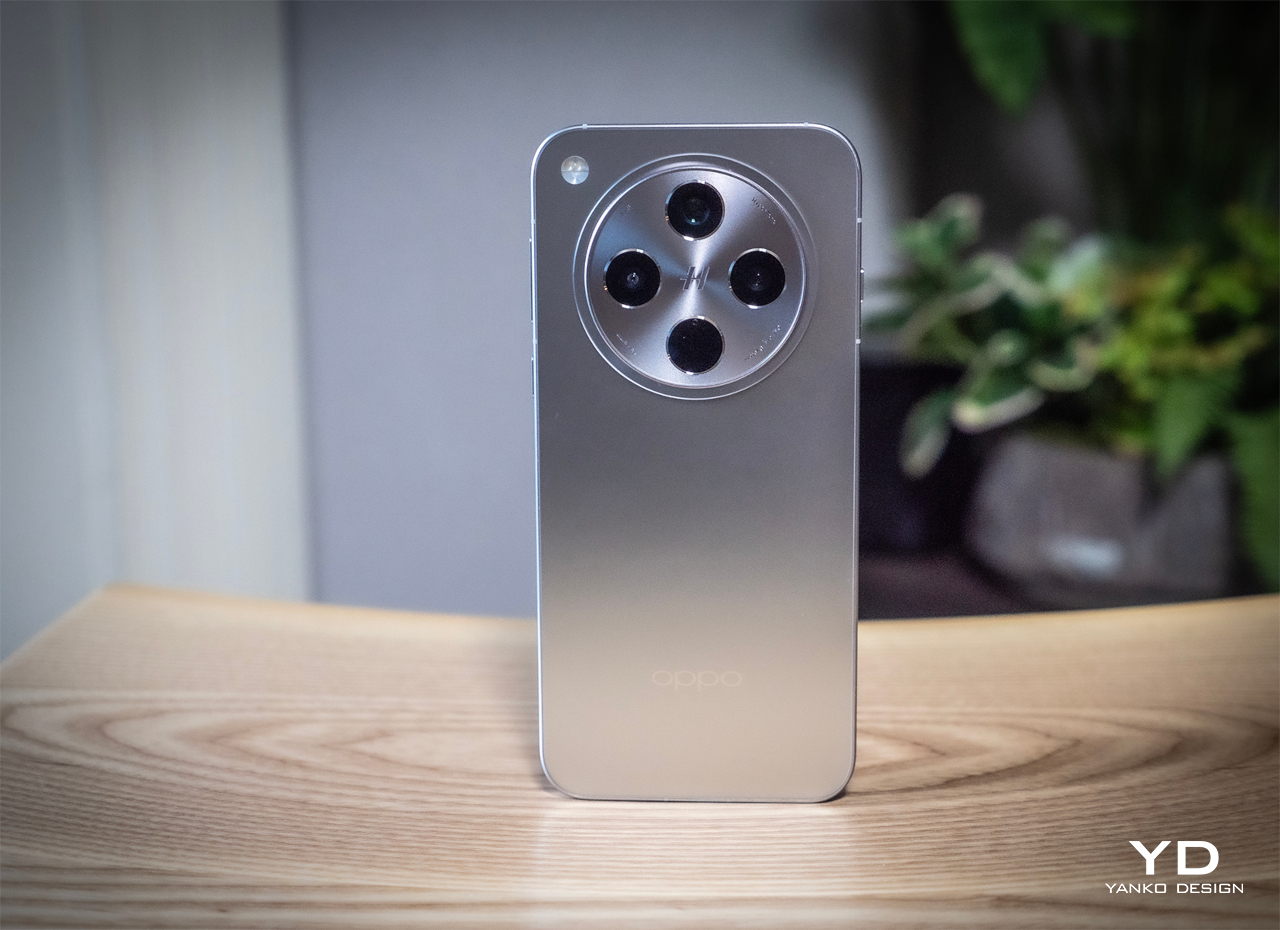
The post OPPO Find X8 Review: Slim, Sleek, and Subtle first appeared on Yanko Design.
OPPO Find X8 Series: Redefining Flagship Smartphones
OPPO's Find X8 Series combines sleek design, cutting-edge camera tech, and powerful performance, setting a new standard for flagship smartphones.
The post OPPO Find X8 Series: Redefining Flagship Smartphones first appeared on Trendy Gadget.
Motorola Edge 50 Neo leak shows off Pantone colors and minimalist design

Smartphone brands have thankfully become more conscious of the design of their phones, or at the very least are now talking more about that aspect of the product. Not everyone gets it right, of course, especially if you look at some of the ginormous camera designs on phones these days. Once in a while, though, you come across a design that still delivers the promise of powerful cameras without being as in your face as their other kin. This year, Motorola’s Edge 50 series seems to have hit the target with a smooth and elegant minimalist design, as shown by leaked images of the upcoming Motorola Edge 50 Neo. Strangely enough, it calls to mind a design that we actually liked and wished stuck around longer.
Designer: Motorola (via Evan Blass/evleaks)

In 2022, we reviewed the OPPO Find X5 Pro which seemed to defy convention with a rear design that ditched the usual metal island that surrounded smartphone cameras. Instead, it used a gentler, curving slope that looked distinctive, less noisy, and more elegant, but it sadly didn’t last more than that year’s OPPO flagship. Whether by coincidence or by design (pardon the pun), it’s like that aesthetic has suddenly resurfaced where we least expect it.


A serving of official-looking renders reveals the design of the Motorola Edge 50 Neo or at least its back, and we can’t help but get a sense of deja vu. Not that we’re complaining, since it’s quite a striking and unusual appearance, and it’s not even limited to this particular model. All members of the 2024 Edge 50 family bear this same design language, including the Motorola Edge 50 Fusion with only two cameras on its back.




Also like its other siblings, the Edge 50 Neo is Pantone-certified, a mark it bears proudly as well. This particular model will come in four color options: Grisaille (Gray), Nautical Blue, Poinciana (Red), and Latte (Beige). The images also suggest that the phones will bear the same textured material on their back, which not only gives them a luxurious feel but also improves their grip.

Other than these visual details, however, not much is known about the Motorola Edge 50 Neo just yet. It will have three cameras, and it might follow in the footsteps of the base Edge 50 model with a 50MP main camera, a 10MP 3x optical zoom telephoto camera, and a 13MP ultra-wide shooter. But as beautiful as this phone looks, consumers might end up a little bit confused as there will be not only two, not even three but four Motorola Edge 50 models to choose from when the “Neo” finally launches.

The post Motorola Edge 50 Neo leak shows off Pantone colors and minimalist design first appeared on Yanko Design.
OPPO Reno 12 Pro Review: Making AI Affordable in a Stylish Design

PROS:
- Elegant and stylish design, especially the Nebula Silver color
- Supports a micro SD card for external storage
- 50MP autofocus front camera can do 4K UHD videos
CONS:
- Processor is a downgrade compared to Chinese model
- No wireless charging
- Glossy bottom plate is a smudge magnet (Space Brown, Sunset Gold)
AI is the buzzword in the tech industry, with mainstream media picking up on it and sometimes not in a good way. All the benefits that the technology brings, however, are for naught if only a select few can afford to use it. AI on smartphones promises quality-of-life improvements and exciting creative features, but only if you have the latest and greatest models with powerful specs and matching high prices. Fortunately, AI on mobile is such a hot topic that manufacturers are bringing those features to almost any new device. That’s pretty much the premise of the OPPO Reno 12 Pro, specifically the global edition that the brand just launched, one of the first few to advertise these AI benefits on what some would consider a mid-range model. But is it a potent combination or is the experience hampered by the Reno 12 Pro’s hardware? We take the phone for a spin to bring you the answers.
Designer: OPPO
Aesthetics
Companies avoid using the label “mid-range” or “mid-tier” for good reason. They often come with the connotation of lacking quality and appeal, which is definitely not something that can be said for the Reno 12 Pro. Right off the bat, you’ll be surprised by how enchanting the phone is, especially the Nebula Silver colorway we received for this review. OPPO utilizes what it calls Fluid Ripple Texture that gives the phone’s back a 3D visual effect of liquid gently moving underneath the glass. It even has something like a parallax effect that gives the illusion that there’s truly some solid mass despite having a completely flat surface. The play of light, shadow, and colors has a mesmerizing effect that gives the phone a more stylish and elegant air.

The other two color options, Sunset Gold and Space Brown, are no less attractive but have a different approach. They use a two-tone design that combines a matte section and a smaller glossy area separated by a chic metal-like ribbon running across the width of the phone. It’s a familiar composition, only arranged upside-down, giving the Reno 12 Pro a distinctive look. Unfortunately, this design has one rather critical flaw, the glossy part will always be where your palm rests, which means it will always have oils and smudges whenever you hold it.
The phone’s flat edges give it a modern look and its reflective surface gives the impression of a metallic nature. It is, however, a sleight of hand, given how the material is actually a new proprietary alloy that OPPO promises has the same durability but with less weight. All in all, the OPPO Reno 12 Pro definitely has a striking presence that’s almost on par with more expensive flagships.
Ergonomics
Given the phone’s large size, it’s almost shocking that the OPPO Reno 12 Pro weighs only 180g. Part of that is probably thanks to the absence of “real” metal in the frame, utilizing OPPO’s High-Strength Alloy Framework instead. On the one hand, this gives the phone a lightweight body that lessens the strain on your hand. On the other hand, no pun intended, it sometimes makes the phone feel a bit flimsy, lacking the substance you’d find on premium handsets.

Smartphone designs these days either go for flat edges or the more traditional curved screens, but the OPPO Reno 12 Pro finds a rather curious middle ground. Its sides are quite flat, but the screen isn’t exactly the same. It has a very minimal curvature not only on the left and right sides but also top and bottom but never goes over the edges. OPPO says this design delivers that same immersive viewing experience without the accidental touches that curved screens are notorious for. Along with more rounded corners, this design offers comfort and confidence in your grip, making for a more pleasurable smartphone experience.
Performance
The OPPO Reno 12 Pro isn’t exactly new but it is only now making its way to global markets. That journey, however, seems to have taken a toll on the handset, and OPPO decided to use a custom MediaTek Dimensity 7300-Energy. This variant of the processor is geared towards more efficient battery use, but it’s still based on a rather mid-range silicon line. Fortunately, the phone still performs admirably, especially with 12GB of RAM, though you might see some stuttering or dropped frames in more intensive games. In exchange, however, OPPO gives the Reno 12 Pro a feature that’s all but gone from smartphones these days: a microSD card slot sharing space with the second SIM card slot.

Like any other smartphone these days, OPPO takes great pride in the Reno 12 Pro’s imaging system, and for good reason. It boasts two 50MP sensors, one for the main wide shooter and another for telephoto. These high-performance cameras produce impressive images, even on overcast days, bringing rich detail and accurate colors to every shot. These two cameras also work together to deliver beautiful bokeh effects in portrait mode, creating an accurate separation of foreground and background and giving the latter a pleasant blur. Sadly, the 8MP ultra-wide camera barely holds a candle to these two, but it thankfully still gets the basics right. Even more impressive, however, is the 50MP front-facing camera that not only has autofocus but can even take videos in 4K UHD quality.





Given that the main selling point of this generation of the Reno family is AI, we definitely have to say a few words about it. At the time of this writing, the rollout of some of the features is still ongoing or scheduled, but the complete set is definitely something worth waiting for. You have a combination of generative AI features across the board, from intelligently handling the performance of the phone to tweaking your photos to match a certain appearance with the AI Studio. Leveraging the power of Google Gemini, The Reno 12 Pro features an AI sidebar that can analyze the content displayed on the screen and offer relevant tools for it. It can, for example, summarize a long article into a few bullet points, recommend a text to post on social media, or even speak out the contents of a website. This is just the tip of the iceberg for the AI features that OPPO is bringing to everyone who can afford it, and the Reno 12 Pro’s price point makes sure of that.

Sustainability
While OPPO has had strong advocacy for the use of sustainable processes and materials on its phones, it’s not easy to see that on the OPPO Reno 12 Pro, at least not directly. It doesn’t mention any use of recycled materials, for one, and its new alloy material is unsurprisingly a big secret. It wouldn’t be surprising, however, if it had a considerable amount of plastic in the mix, which would be on par with most mid-range phones.
Instead, the company focuses more on the durability and longevity of its design, ensuring that the phone won’t meet an untimely end that quickly. It uses the latest Corning Gorilla Glass Victus 2 protection for the screen and boasts an IP65 dust and water resistance rating. Curiously, OPPO also talks about a biomimetic cushion for internal parts inspired by the structure of a sponge, further protecting sensitive components from bumps and falls. That said, only a proper teardown will reveal the true nature of that new protective layer.

Value
The OPPO Reno 12 Pro is quite a looker and it boasts plenty of AI features you’d only hear about on premium flagships. At the same time, it delivers a decent performance, especially for one that has the marks of a mid-tier market smartphone. The question, however, is whether all of these are worth the price OPPO is asking for.

To be fair, it isn’t asking for much, depending on the market. The Pro model goes for 599 EUR, roughly $650, which is far below the latest high-end offerings. That said, it isn’t the only player in this particular field, and OPPO is even up against the venerable Google Pixel 8a. The question then becomes one of availability as well as preferences, especially when it comes to the custom OPPO ColorOS Android experience. At the moment, though, the Reno 12 Pro is one of the few mid-range phones to offer such a variety of AI-powered features, but that number will only grow in the months ahead, giving OPPO plenty of competition in this space.
Verdict
There’s no escaping AI, at least for now, and it isn’t just in powerful PCs or the Web. Smartphones are the next arena for AI, whether you like it or not, but only if it’s something that more people can obtain and, more importantly, enjoy. Phone and chip manufacturers are naturally more interested in flexing their muscles to showcase powerful hardware to support advanced AI processes, but these won’t land in most people’s hands that easily.
The OPPO Reno 12 Pro represents a new breed of smartphones that is making AI more accessible to the masses with more wallet-friendly options. But it isn’t just its AI prowess that sets this phone apart. Its striking design is definitely a head-turner, and its promise of durability increases trust not only in the phone but also in OPPO’s brand. It definitely has some tough competition ahead, but at least for now, it is leading the pack with its combination of power, gracefulness, and, more importantly, price.

The post OPPO Reno 12 Pro Review: Making AI Affordable in a Stylish Design first appeared on Yanko Design.
OPPO generative AI features coming to all phone lines to make AI accessible to everyone
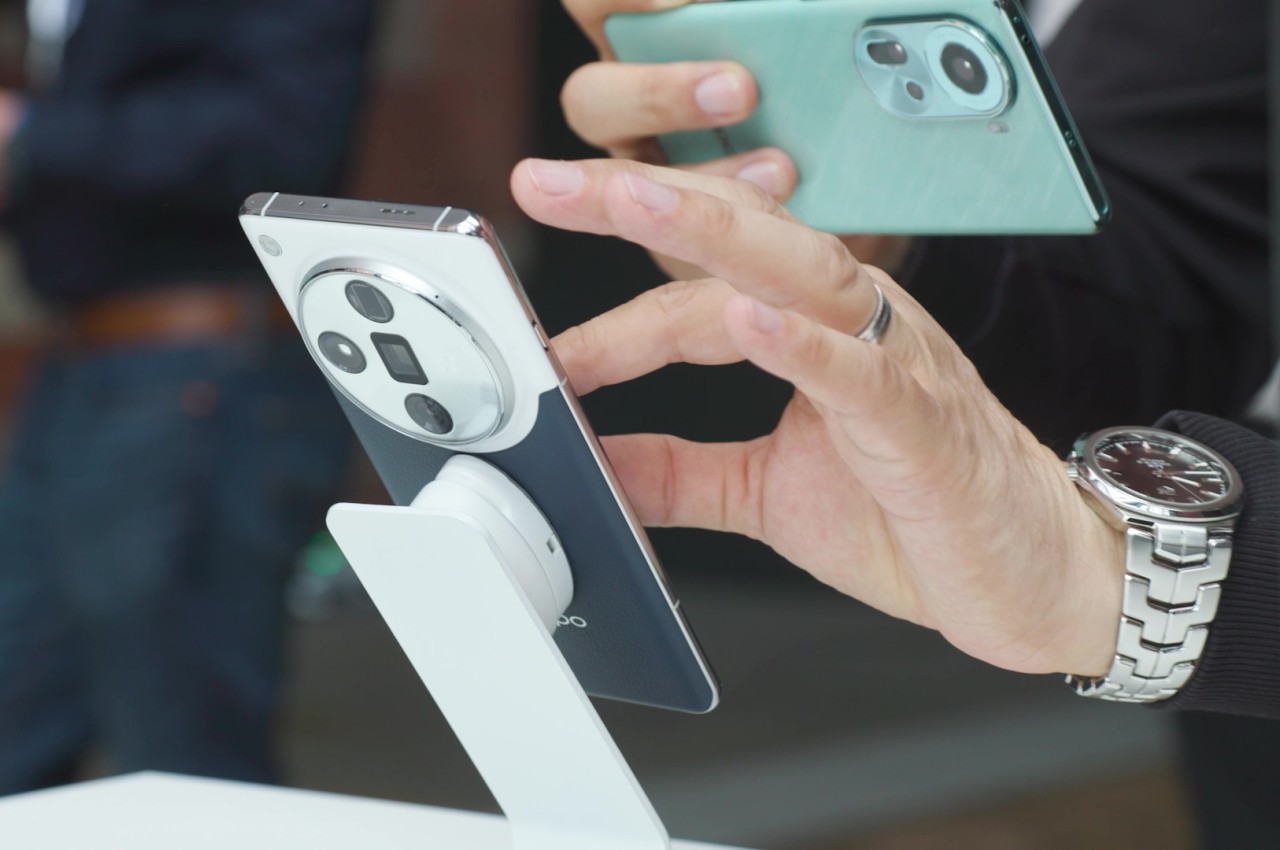
Like it or not, and some definitely don’t, AI is the current buzz in the tech industry, and it will still be for quite a while. But as impressive and sometimes frightening as the advanced features of AI may be, the truth is that these features are only available to a very select few people who either have the high-end hardware to support them or the resources to maintain monthly subscriptions to services. For AI to truly become life-changing, it has to become available to everyone, even those with less expensive phones and computers. That’s the new commitment that OPPO is making, to bring generative AI features to as many as 50 million phones in an effort to make AI accessible to everyone.
Designer: OPPO
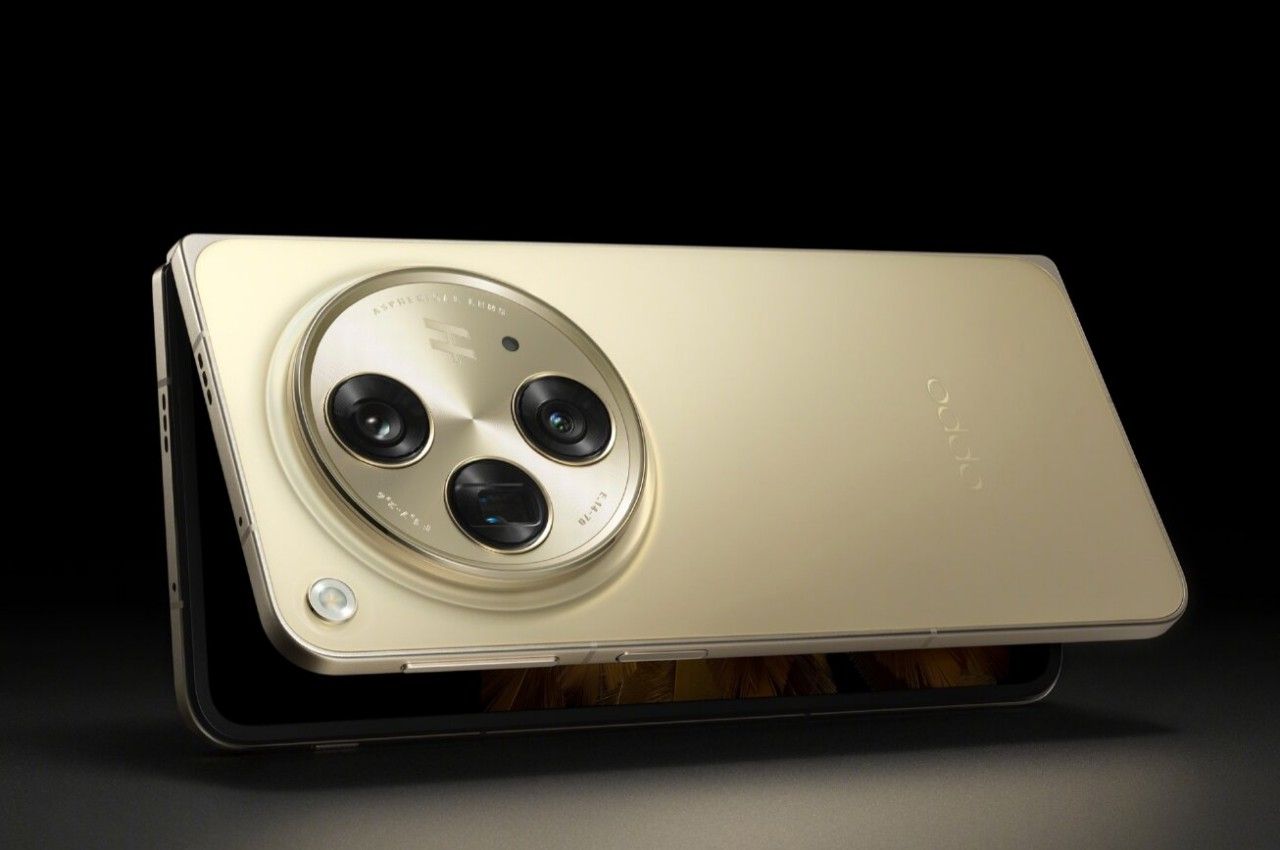


Up until recently, most of the talk about AI revolved around powerful computers and cloud-based solutions. After all, AI needs very capable hardware and loads of data to perform its magic. That said, making AI relevant to ordinary people requires actually putting the technology into their hands, and there is no better device for that purpose than one that they literally hold in their hands: their smartphones. It’s no surprise, then, that Google’s recent developer event focused on making AI features available not only through its Search engine but on smartphones as well.
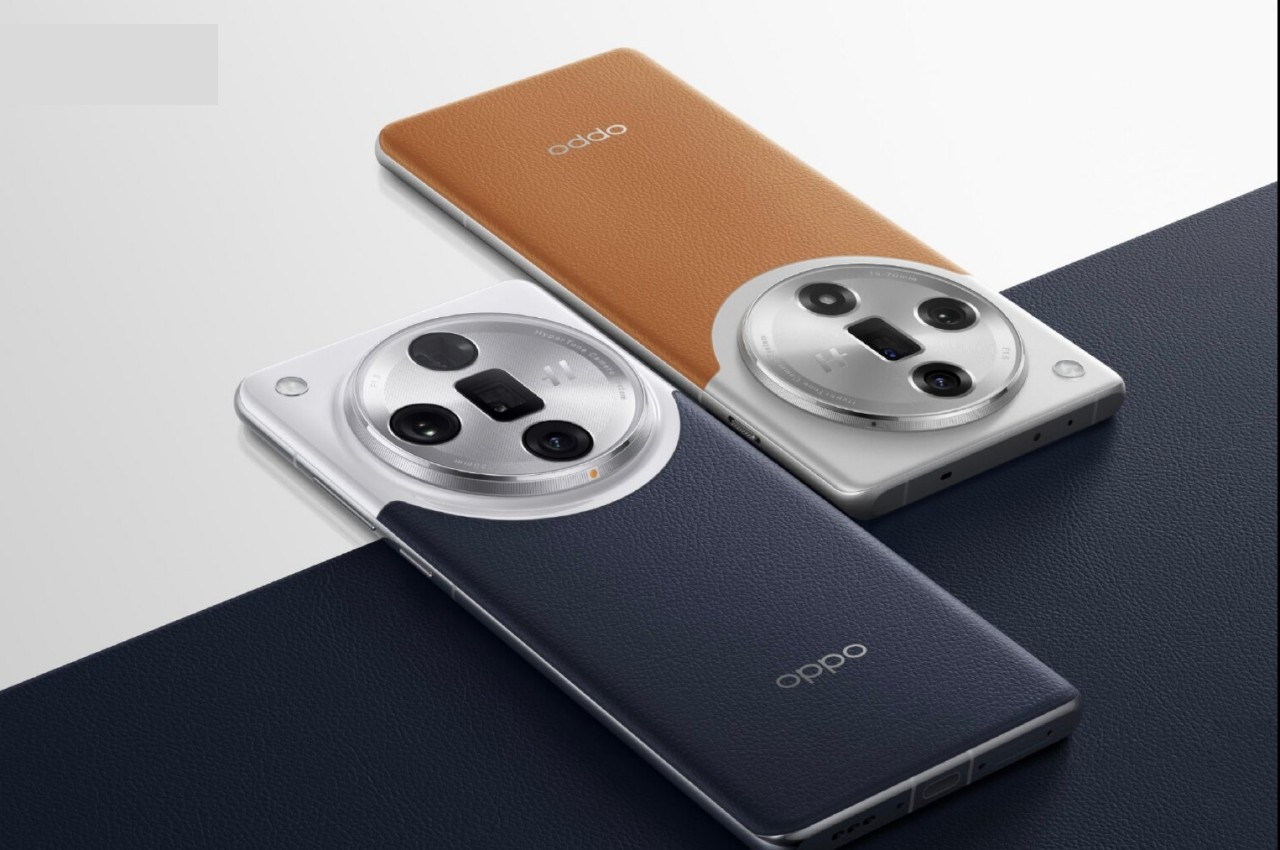
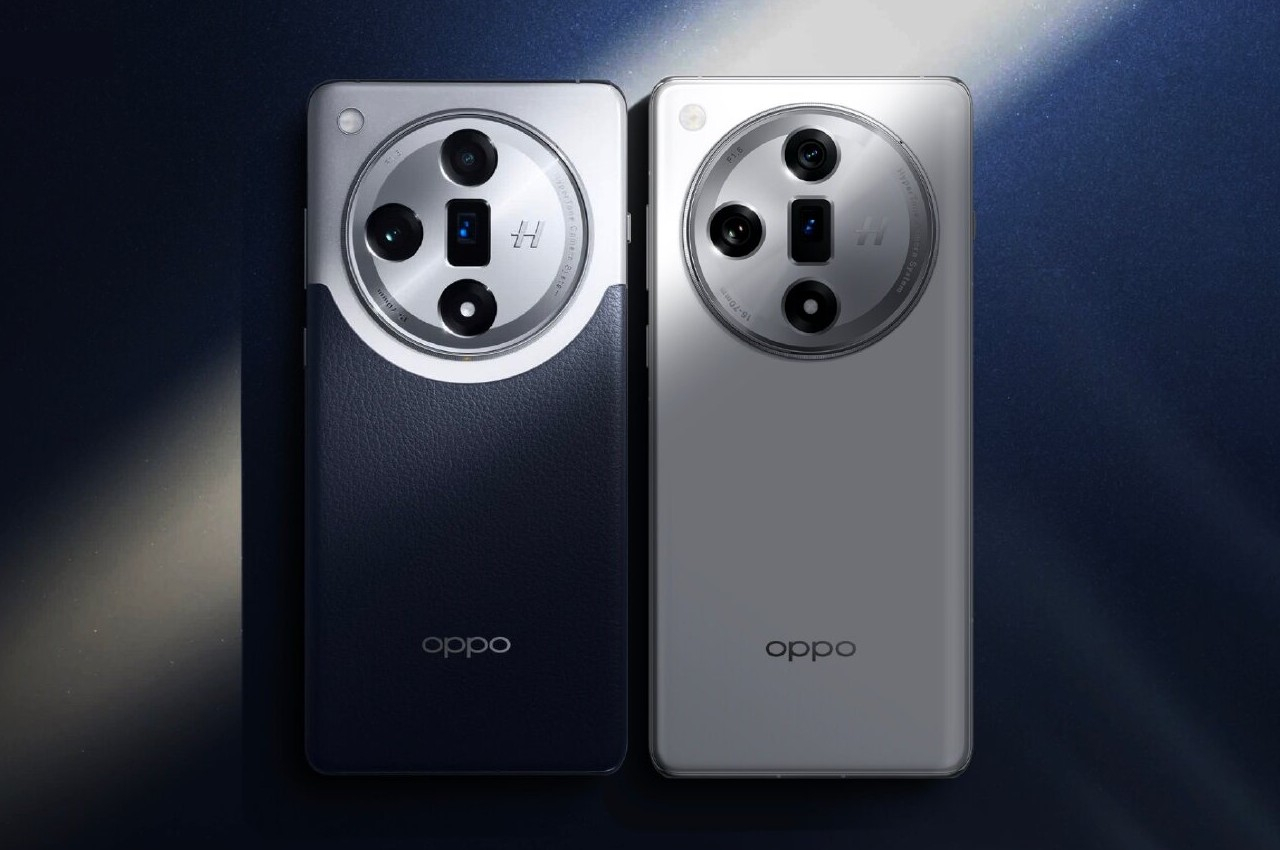
That has generated quite a lot of buzz on AI-powered features on the latest and greatest handsets, but that leaves the majority of the world’s population out in the cold. With dozens of millions of smartphones out in the market across all tiers, OPPO is in a unique position to change that situation, and it’s doing exactly that. It’s making a promise to push its generative AI features to all its smartphone product lines, from the flagship Find series to the camera-centric Reno to the mass market OPPO F and A lines.
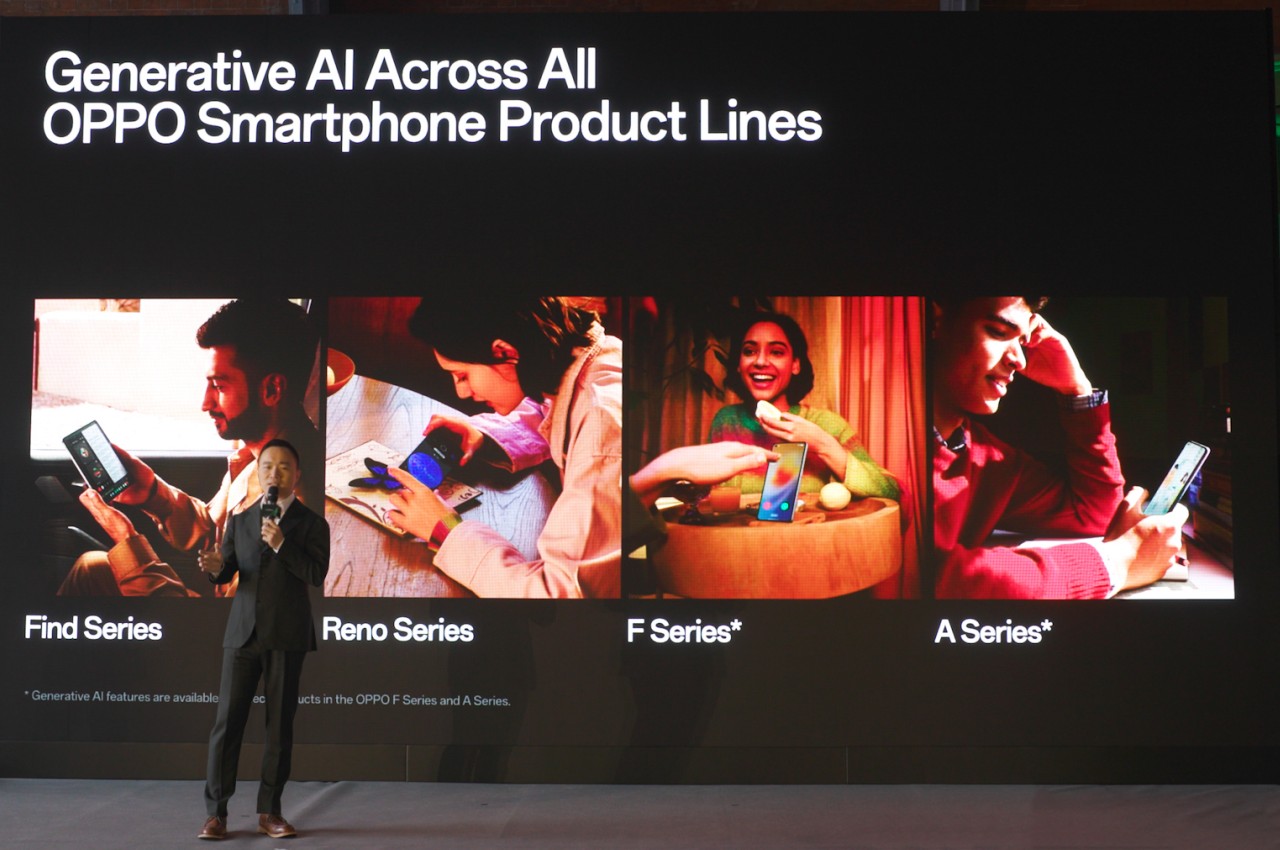
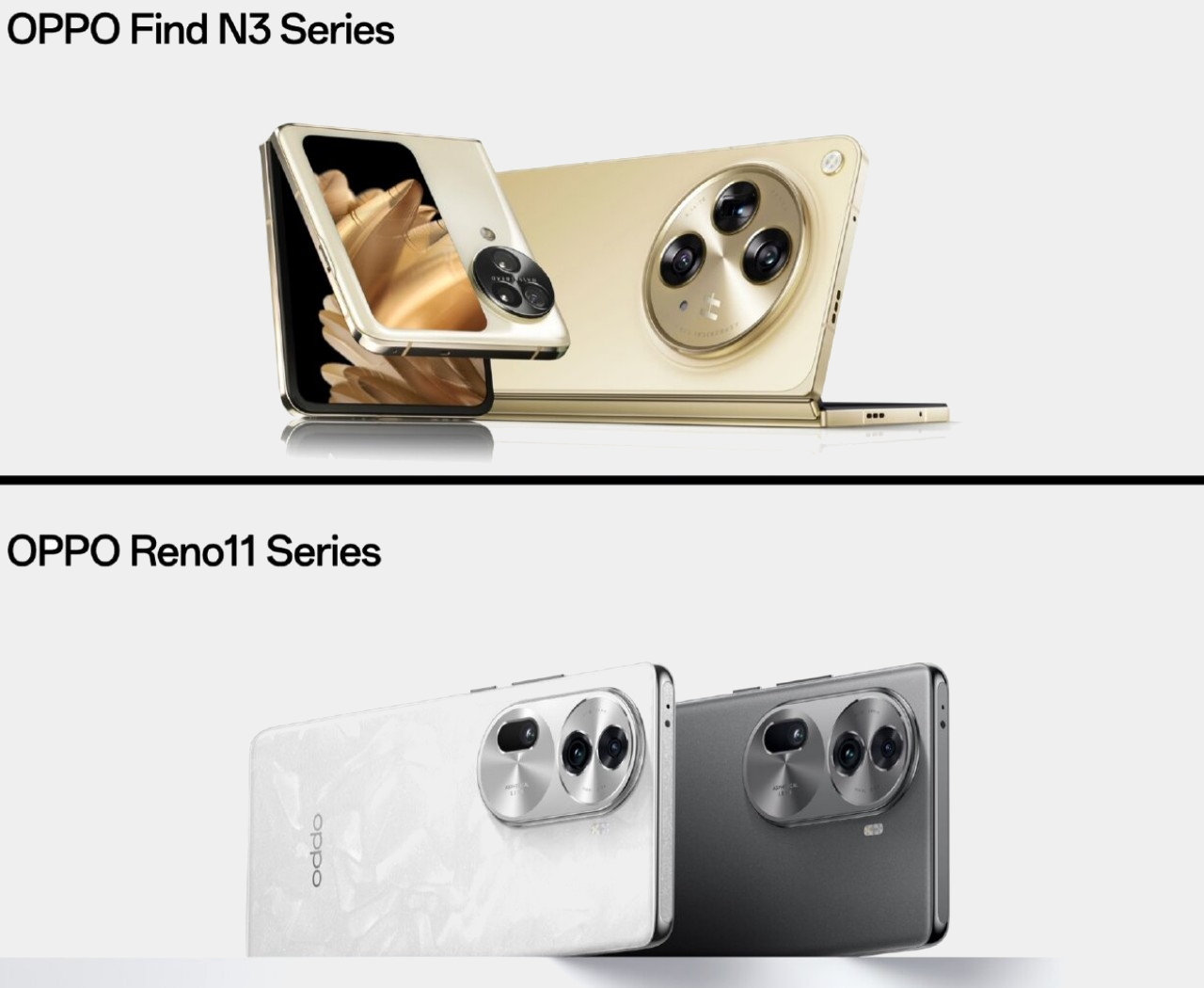
In fact, it has already started that change by bringing features like AI Eraser, object recognition, and advanced image processing to many of its smartphones already out in the wild today. Granted, most of these focus on the photography side of the AI, but that’s just the beginning. Collaborating with key industry players like Google, MediaTek, and Microsoft, OPPO will be bringing smarter features across the board. The OPPO Reno 12, for example, will be able to harness the power of Google Gemini’s Large Language Models or LLMs for features like AI Writer and AI Recording Summary. Its collaboration with Microsoft, on the other hand, will bring more natural voice and text conversions to next-gen OPPO phones, as well as more seamless connectivity between phone AI and desktop AI, a.k.a. Microsoft Co-pilot.
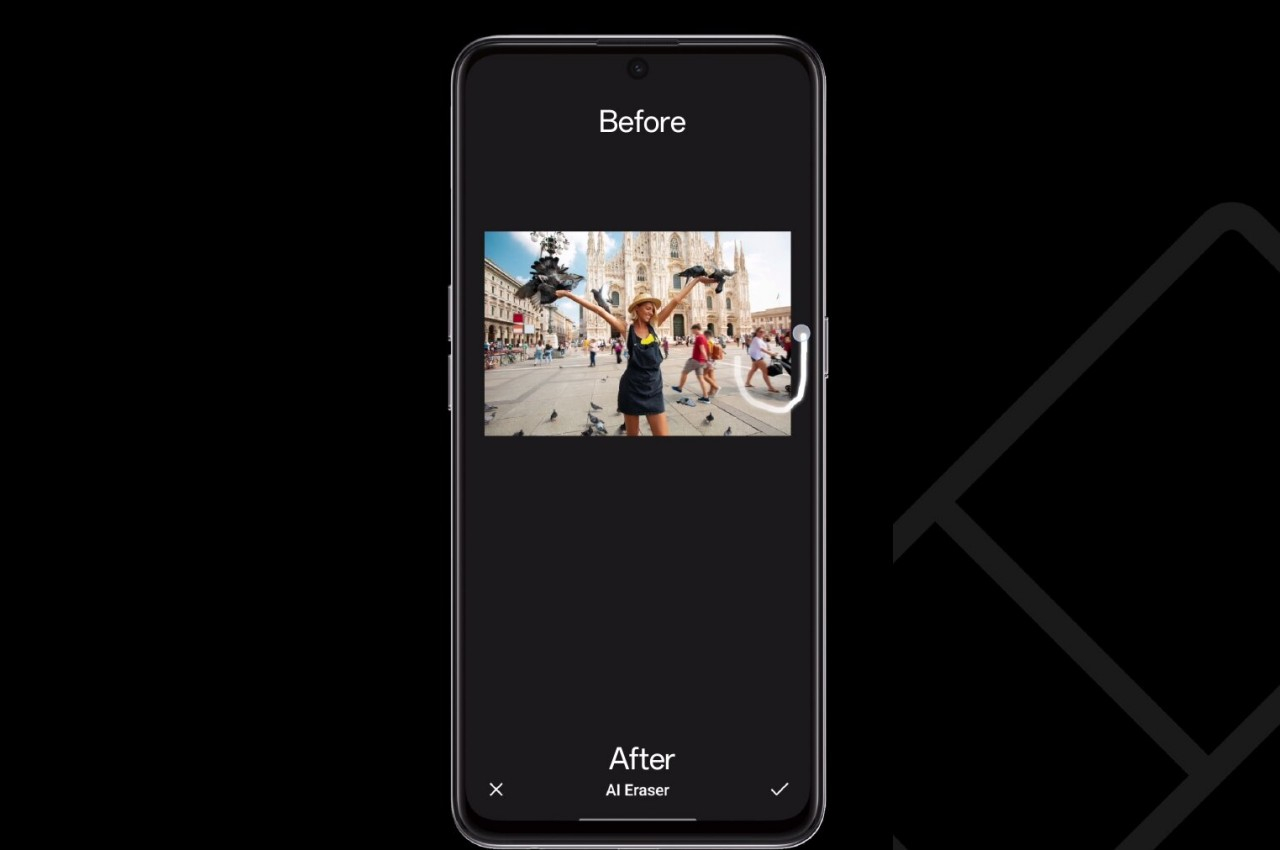

Smartphones are already very powerful computers in our pockets, devices that are used not just for entertainment but also for work, education, and health. These are the very same areas where AI can shine best, making sense of large quantities of data to bring us the answers and information we need. Harnessing the growing power of on-device hardware as well as secure cloud services, OPPO envisions a future where everyone will be able to enjoy the benefits of AI, preferably on an OPPO phone, of course.
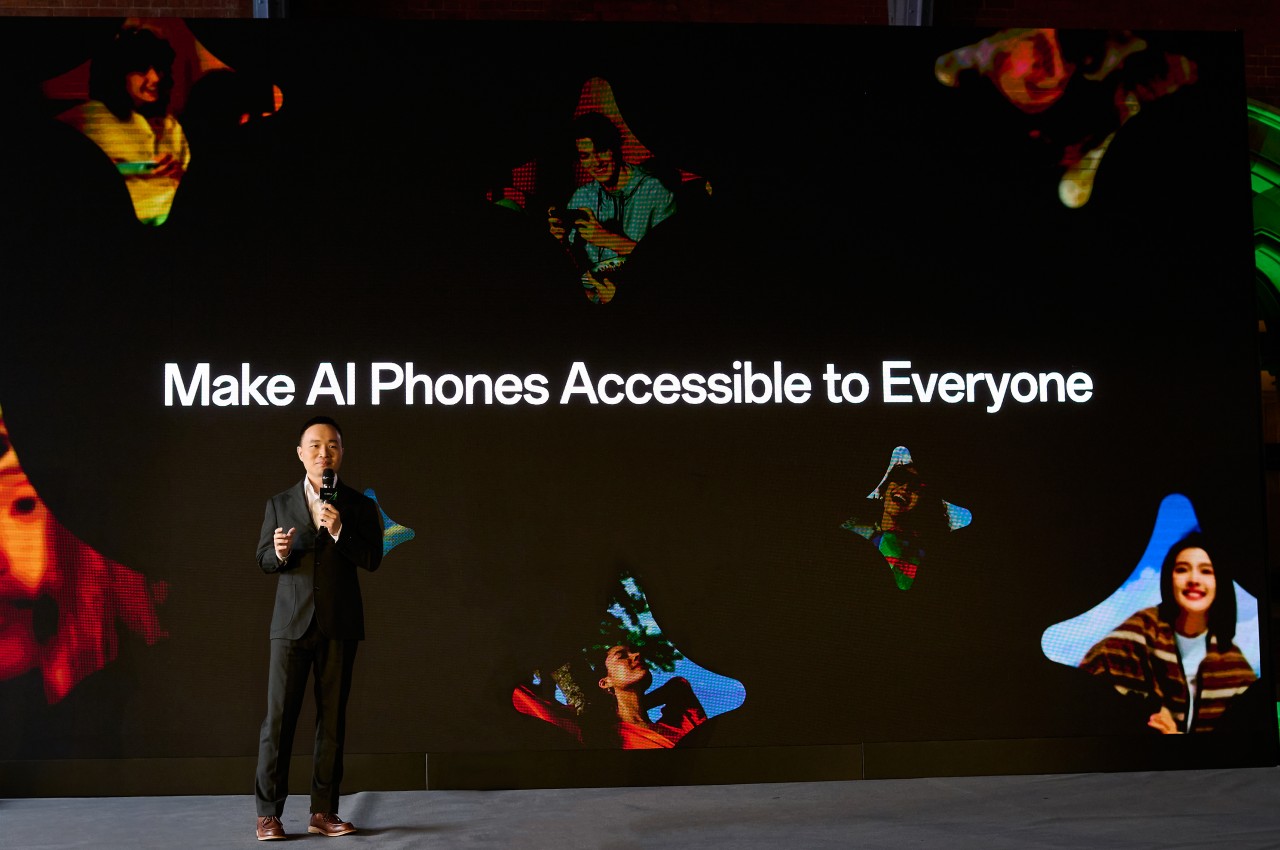
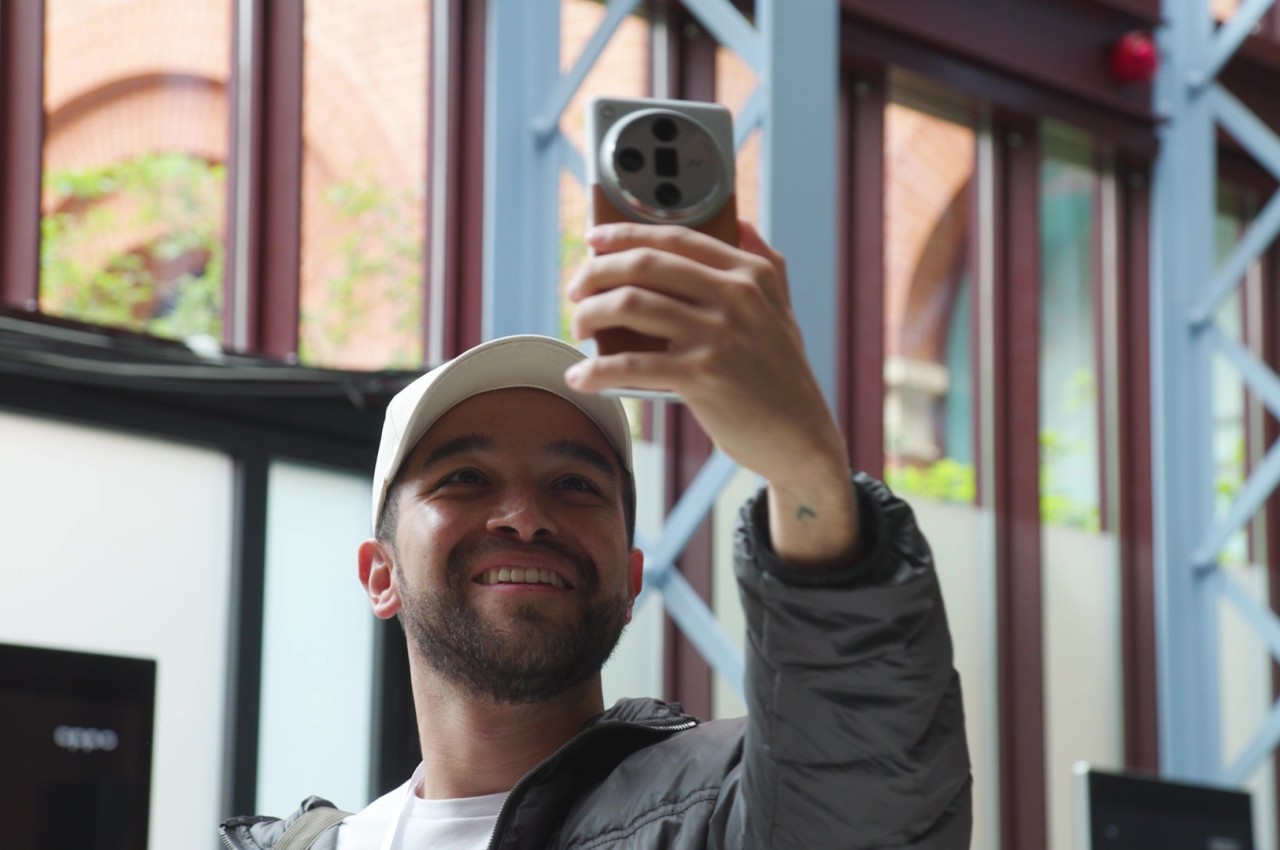
The post OPPO generative AI features coming to all phone lines to make AI accessible to everyone first appeared on Yanko Design.
Elegant, minimalist smartphone design meets appealing features and price tag
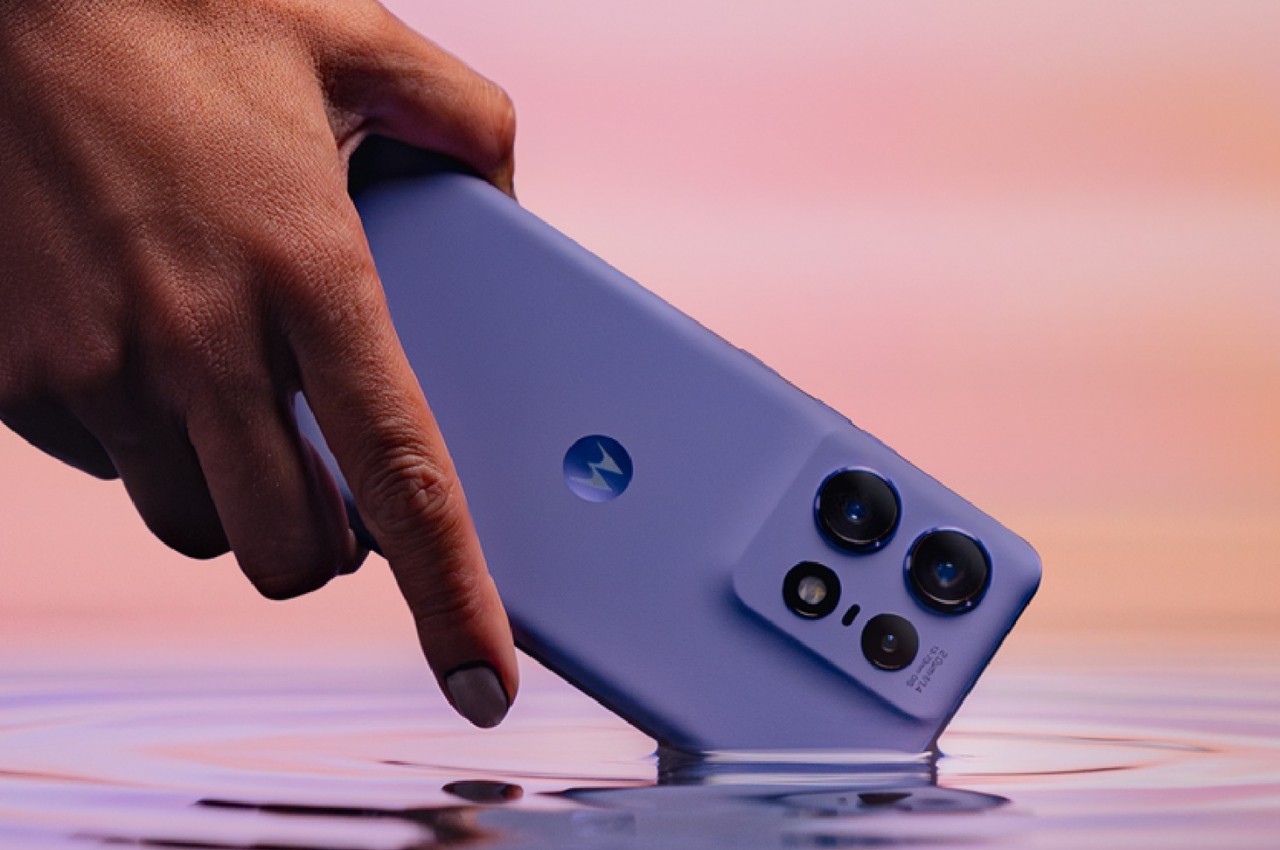
Smartphone manufacturers are now thankfully more aware of the important role that design plays in a product’s success, especially its aesthetics and materials, but some tend to go overboard with that knowledge as well. We’ve seen pretty overbearing and garish phone designs that steal your attention in an aggressive way, particularly with camera bumps that make you feel like they’re the most important feature. The smartphone design landscape right now is dynamic, exciting, and sometimes a little too lively, so there are times when you want to take a breath of fresh air and settle down with something simple yet beautiful. That’s the kind of minimalist beauty that Motorola seems to be bringing with the new Edge 50 Pro, but it’s fortunately more than a pretty face, at least for a mid-range smartphone.
Designer: Motorola
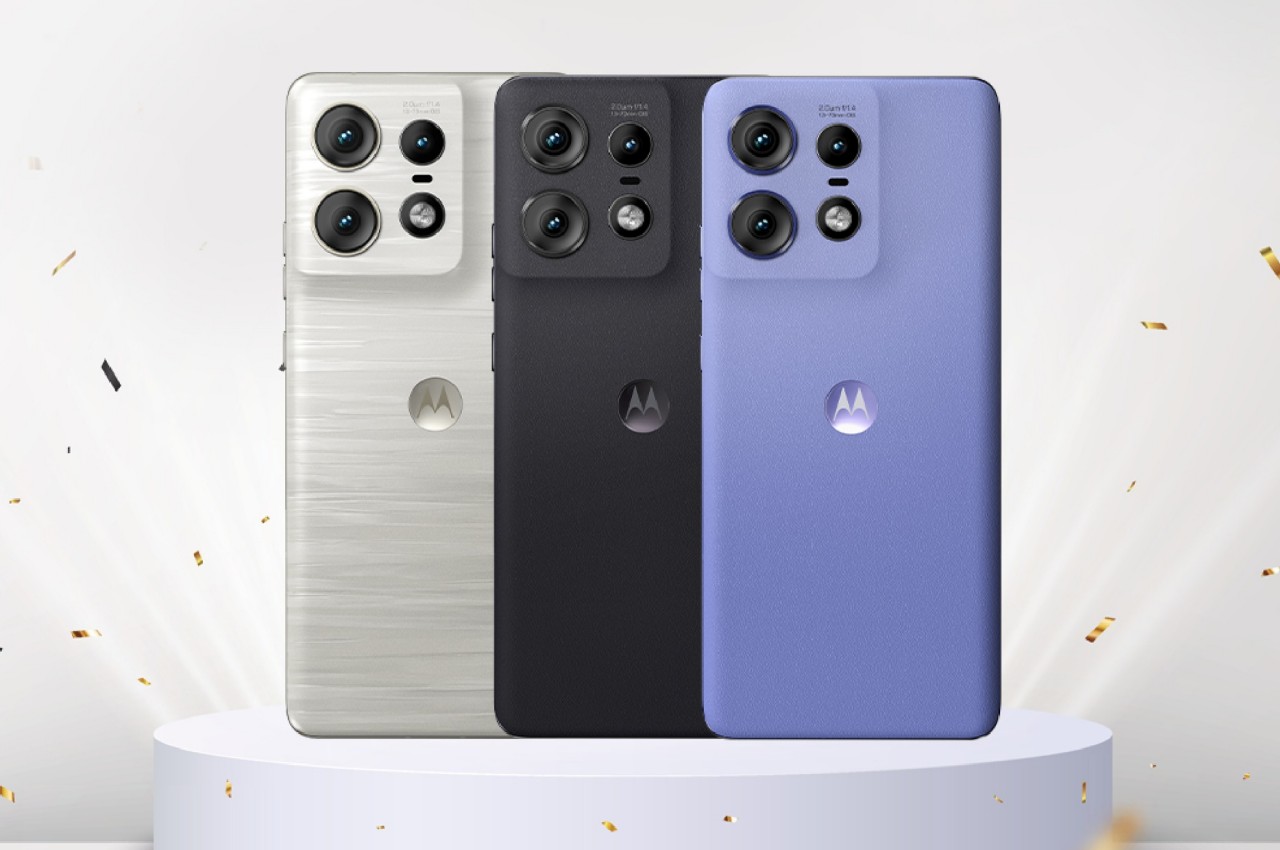
Truth be told, the Motorola Edge 50 Pro’s design looks a bit familiar, at least if you’ve been keeping watch on the key market players for the past two years or so. Back in 2022, we reviewed the OPPO Find X5 Pro, a refreshing break from the design trends of its time. What differentiated OPPO’s flagship and this new Motorola entry is that their backs are made from a single, unbroken sheet of material with no visual or material break from the rest of the panel.
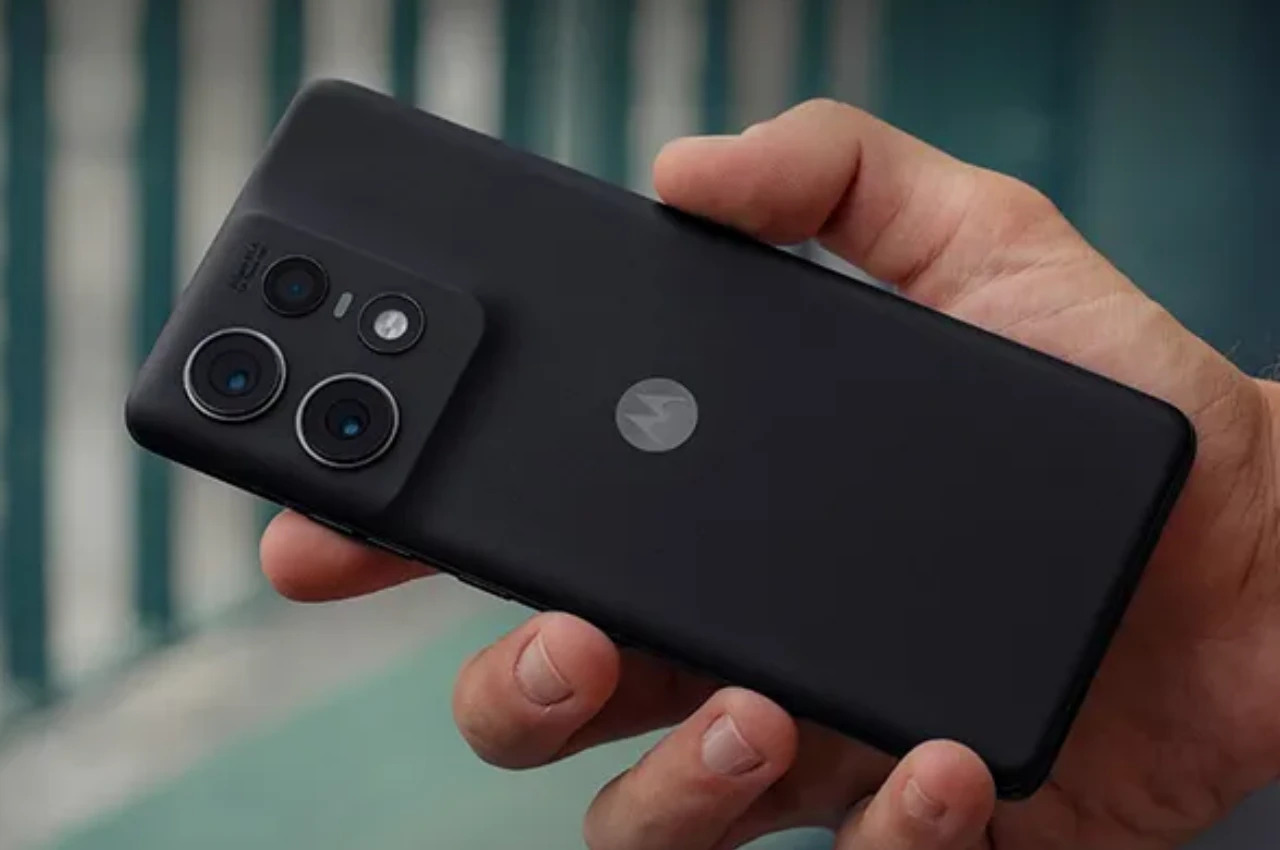
This trait gives the Motorola Edge 50 Pro a smooth and gentler aesthetic, exactly like how the cameras slope gracefully upward rather than being confined inside a metal enclosure. Other than the camera lenses and the iconic Motorola “bat logo” dimple, the phone’s back is pretty clean yet also attractive, a fitting tribute to the pervading minimalist design trend. Motorola also paid careful attention to the materials it used for the phone, which include soft vegan leather and eye-catching pearl acetate, surprising choices given the phone’s market segment.
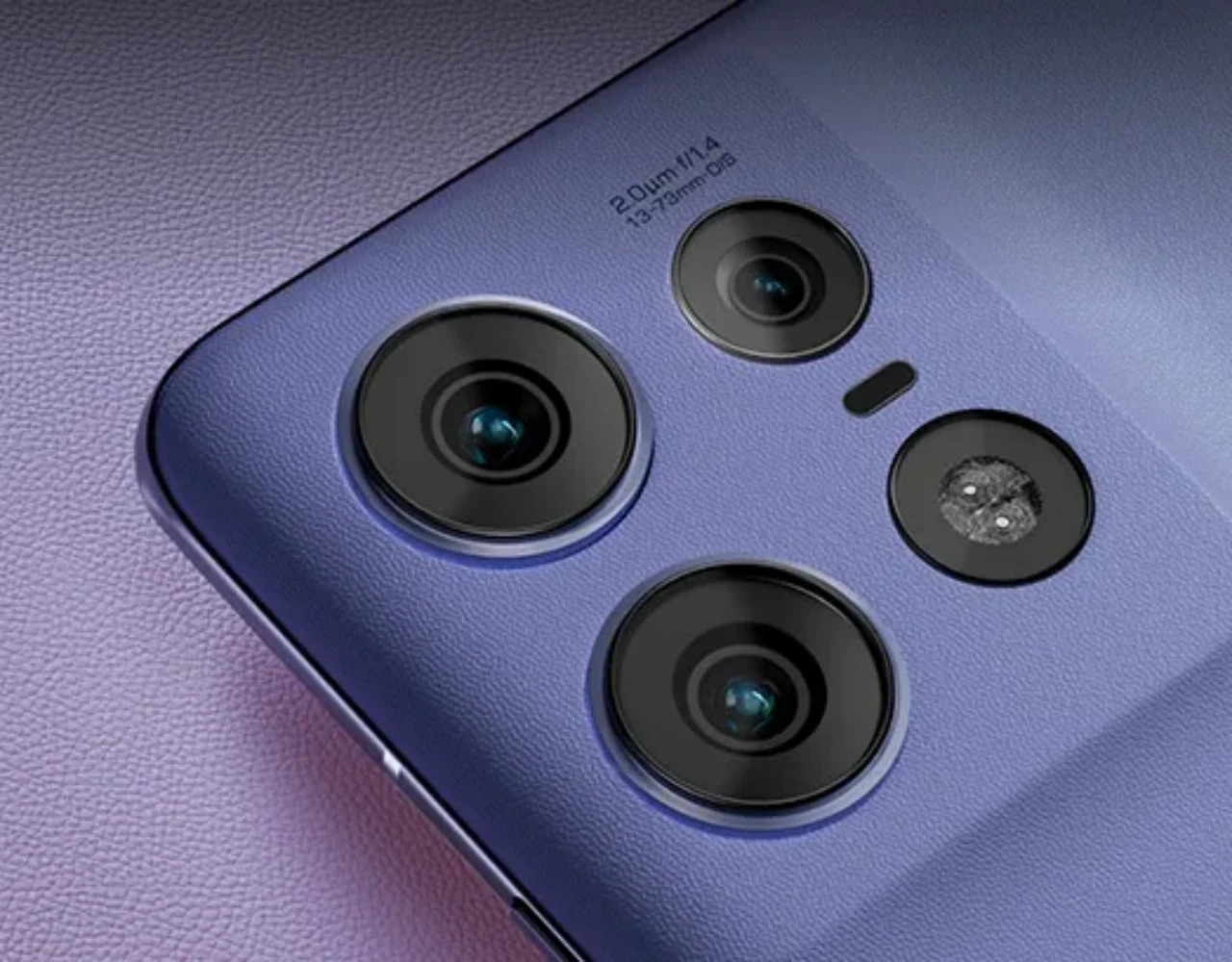
The Motorola Edge 50 Pro runs on a Qualcomm Snapdragon 7 Gen 3 and has a decent though underwhelming set of cameras led by a 50MP main sensor. A similar 50MP selfie camera is housed in a rather noticeable punch-hole cutout on the forehead of the 6.7-inch 1220p 144Hz screen. A real killer feature, however, is the 4,500 mAh battery with a 125W super-fast charging speed and support for equally fast 50W wireless charging.
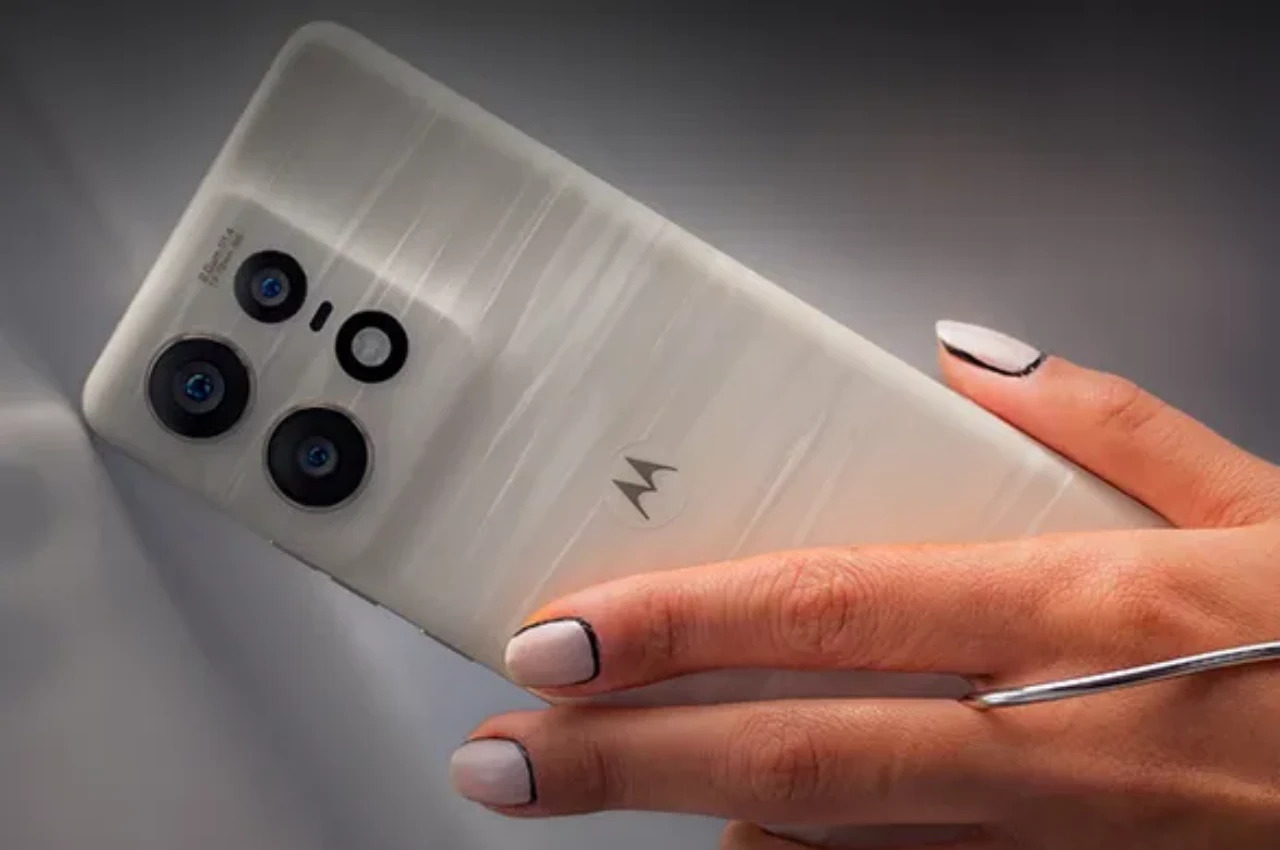
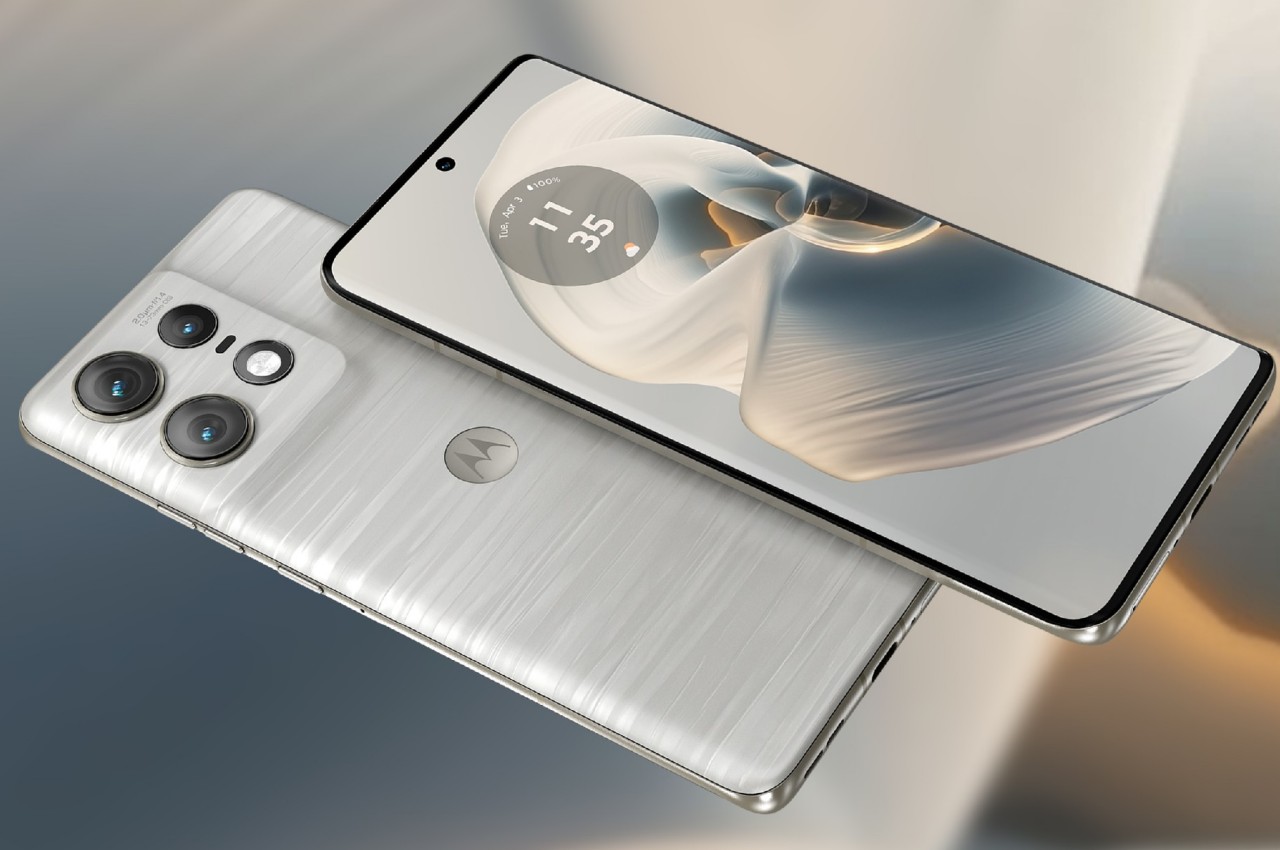
As a mid-range smartphone, the Motorola Edge 50 Pro thankfully comes with a matching price tag that starts at around $400, which is a pleasant surprise given its features. But just like the OPPO Find X5 Pro, limited availability and exposure might make this simply elegant smartphone fly under the radar despite the closer look it probably deserves.
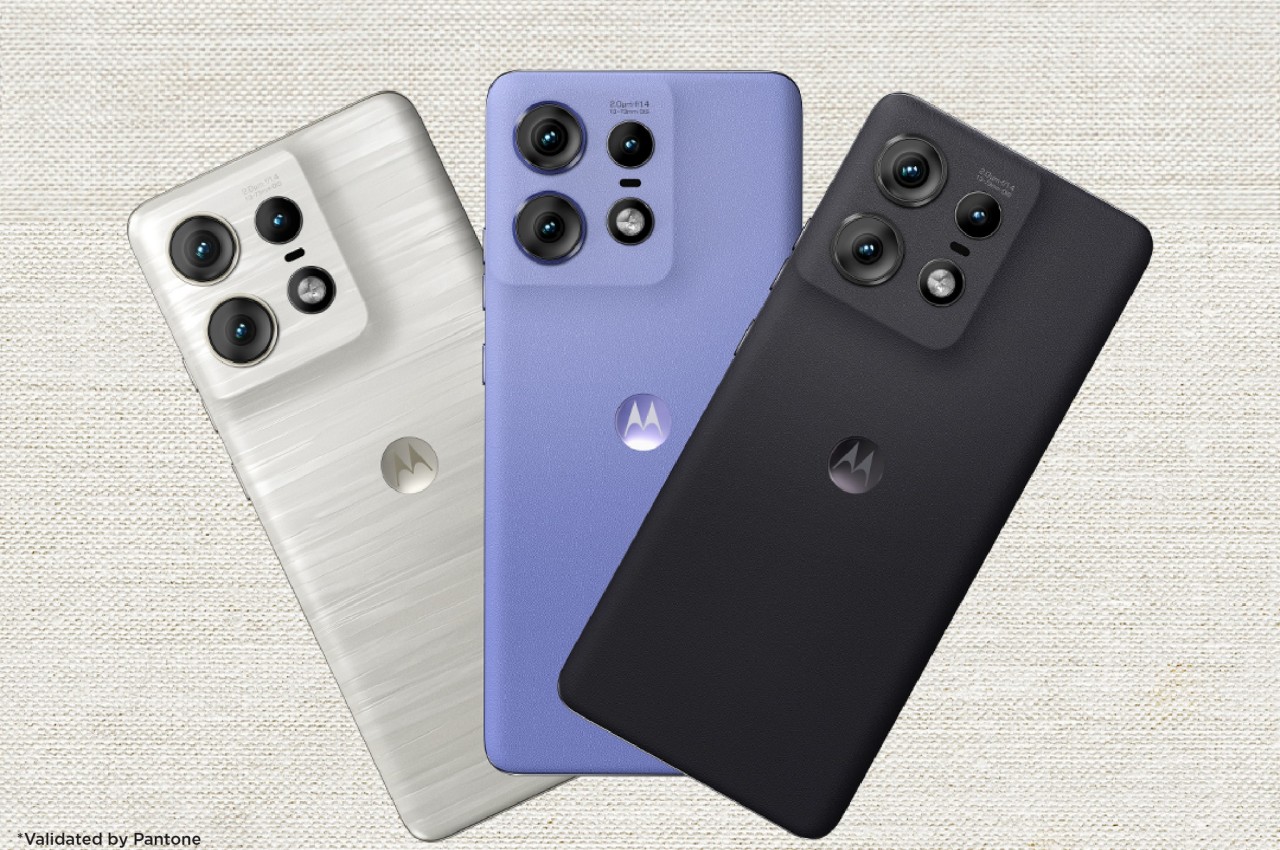
The post Elegant, minimalist smartphone design meets appealing features and price tag first appeared on Yanko Design.
OPPO’s Cool New Glasses: Air Glass 3 Unveiled at MWC 2024!
OPPO wows at MWC 2024 with the game-changing Air Glass 3! Say hello to AI-powered glasses for an effortless tech experience on the go.
The post OPPO’s Cool New Glasses: Air Glass 3 Unveiled at MWC 2024! first appeared on Trendy Gadget.
OPPO Air Glass 3 brings AI to your vision to improve your interactions
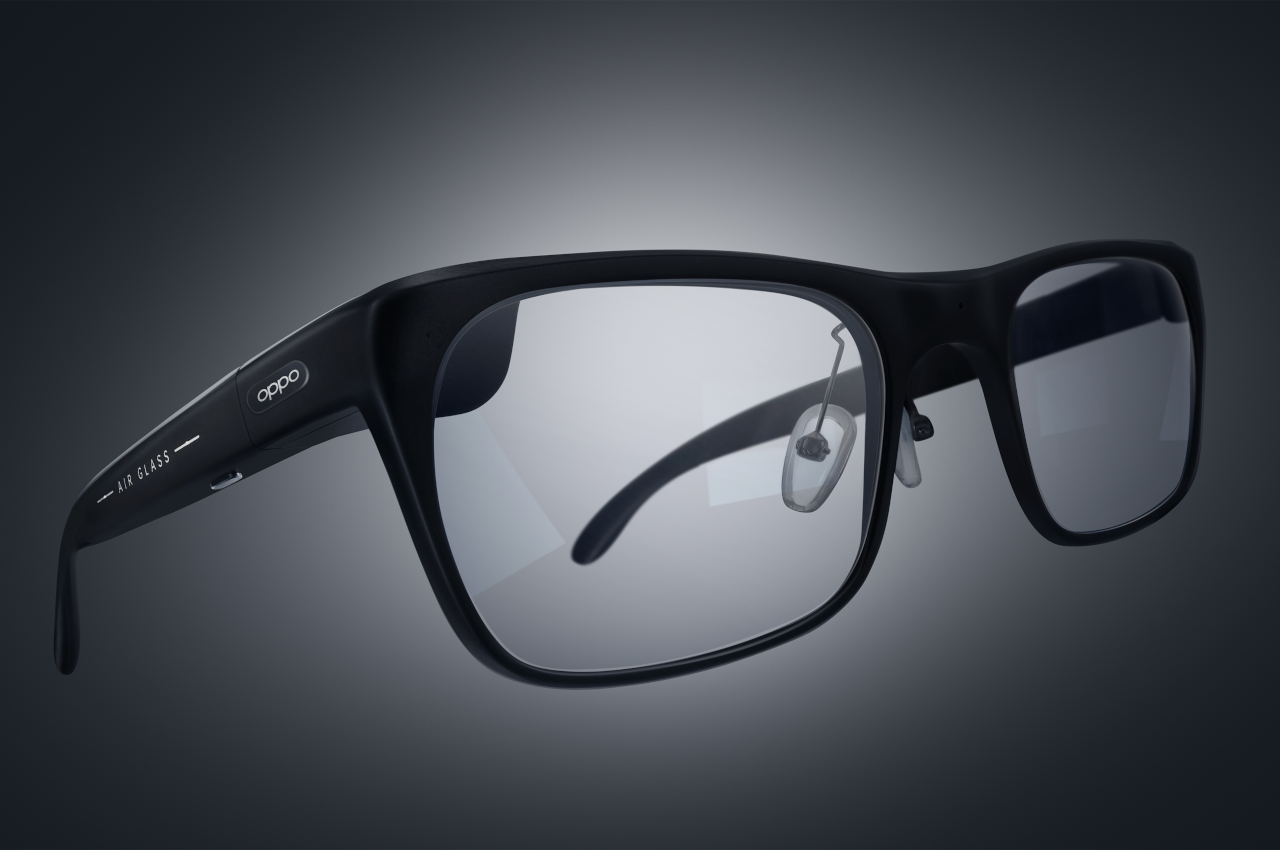
Smart glasses, in contrast to AR headsets and visors, aim for a design that ideally should be indistinguishable from regular glasses. With today’s technologies and knowledge, however, that’s not easily possible, especially when you need to add powerful computing hardware to sophisticated optics. That’s especially the case when you need to offer some kind of smart assistant functionality, especially voice and speech recognition. In the past, you had to settle for rough translations and sometimes misinterpretations; comical but frustrating nonetheless. That definitely sounds like a job for AI, and that’s exactly what OPPO is bringing to the table, or rather to your eyes, with the newest iteration of its lightweight and discreet “assisted Reality” glasses that take a focused approach to wearables.
Designer: OPPO
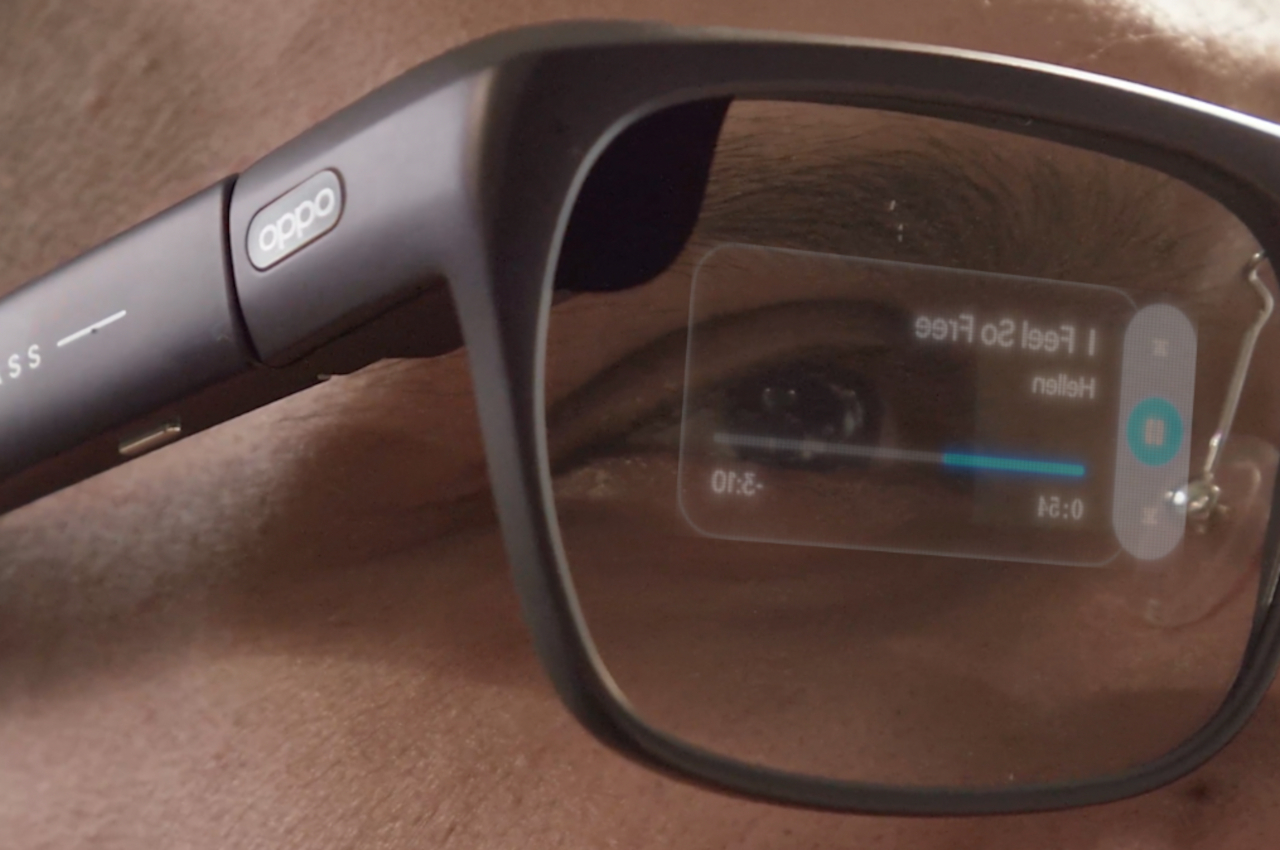
AI is still the hot thing in tech today, in spite of and despite the bad publicity that misuse of the tool brings. Today’s AIs happen to be great at processing human language, both written and spoken, and they can now run the device itself with very little power, making them perfect for very small devices, including smart glasses. In its third iteration, the OPPO Air Glass 3 prototype harnesses the power of AI, specifically its own self-trained language model AndesGPT, to deliver a more natural way to talk to your glasses and get your job done.

AI might be the technical highlight of the new OPPO Air Glass 3, but its winning feature is going to be its design. OPPO is laying claim to the title of the world’s lightest binocular full-color glasses, and at 50g only, the claim does have merit. It looks just like regular spectacles with very thick frames, but nothing like those complicated and heavy mixed reality glasses. Despite that lightweight design, the Air Glass 3 still boasts a bright 1,000 nits display delivered by a tiny Spark micro projector, ensuring you can clearly see the virtual information even in bright environments. And with an ultra-thin waveguide, you don’t get the rainbow-like patterns that are often seen on optical see-through displays like these.
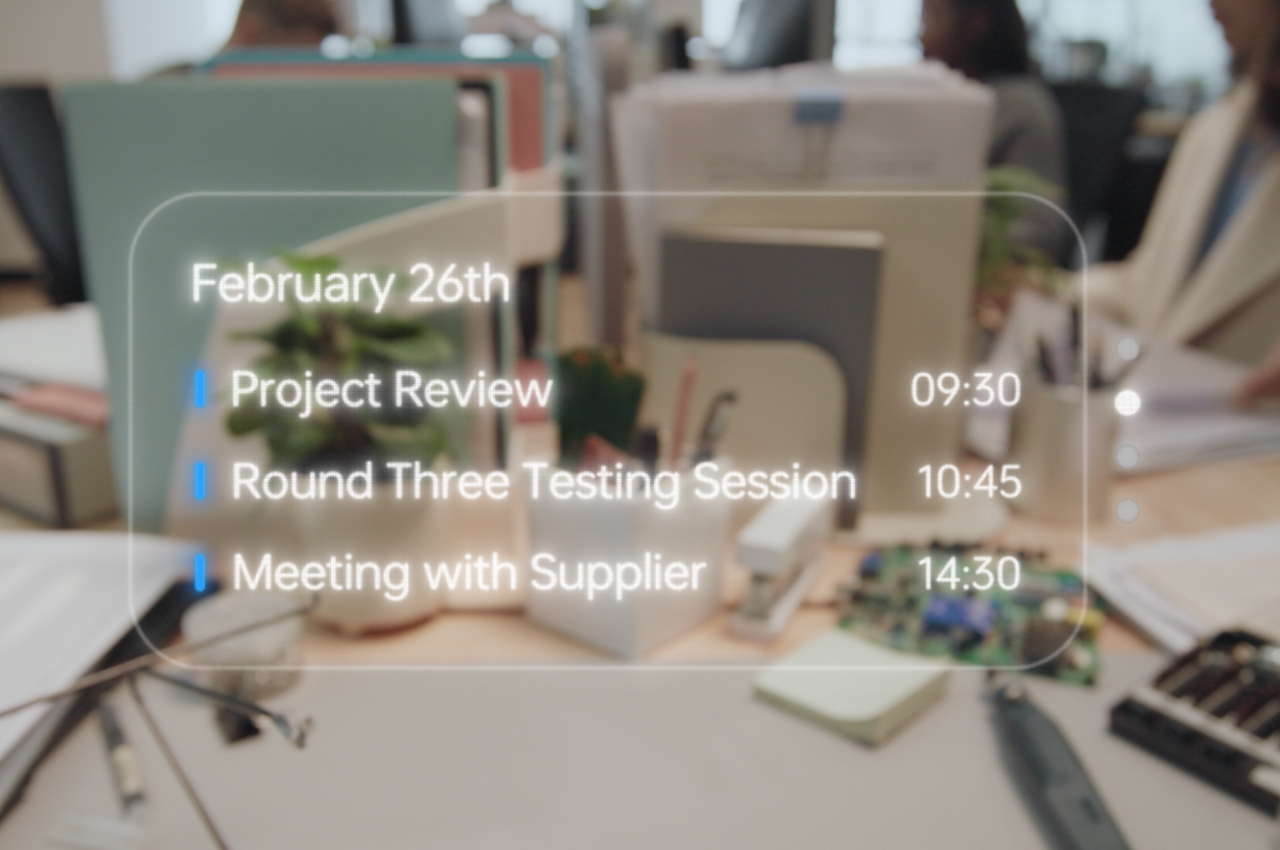
The OPPO Air Glass 3 manages to offer this more comfortable design thanks to its more focused functions. Rather than trying to cast its net wide with augmented reality, OPPO is instead focusing on “assisted reality” that emphasizes productivity over entertainment. You’ll still be able to see images if you want and control music playback, but the information that’s displayed in front of your eyes is limited to things like navigation, timers, translations, or even a teleprompter. In other words, it’s a sleek way to have all the important information you need right in front of you instead of having to fish out your phone from your pocket and get distracted in the process.

Of course, that means it will need to connect to an external device, particularly your OPPO smartphone. The Air Glass mobile app provides that connection you need with OPPO’s AndesGPT to ensure you’re getting the best performance possible without weighing your head down. OPPO is also laying the groundwork for more AI-enhanced features and experiences by investing heavily in its own AI center in the hopes of empowering all its products, especially its smartphones, with these features.
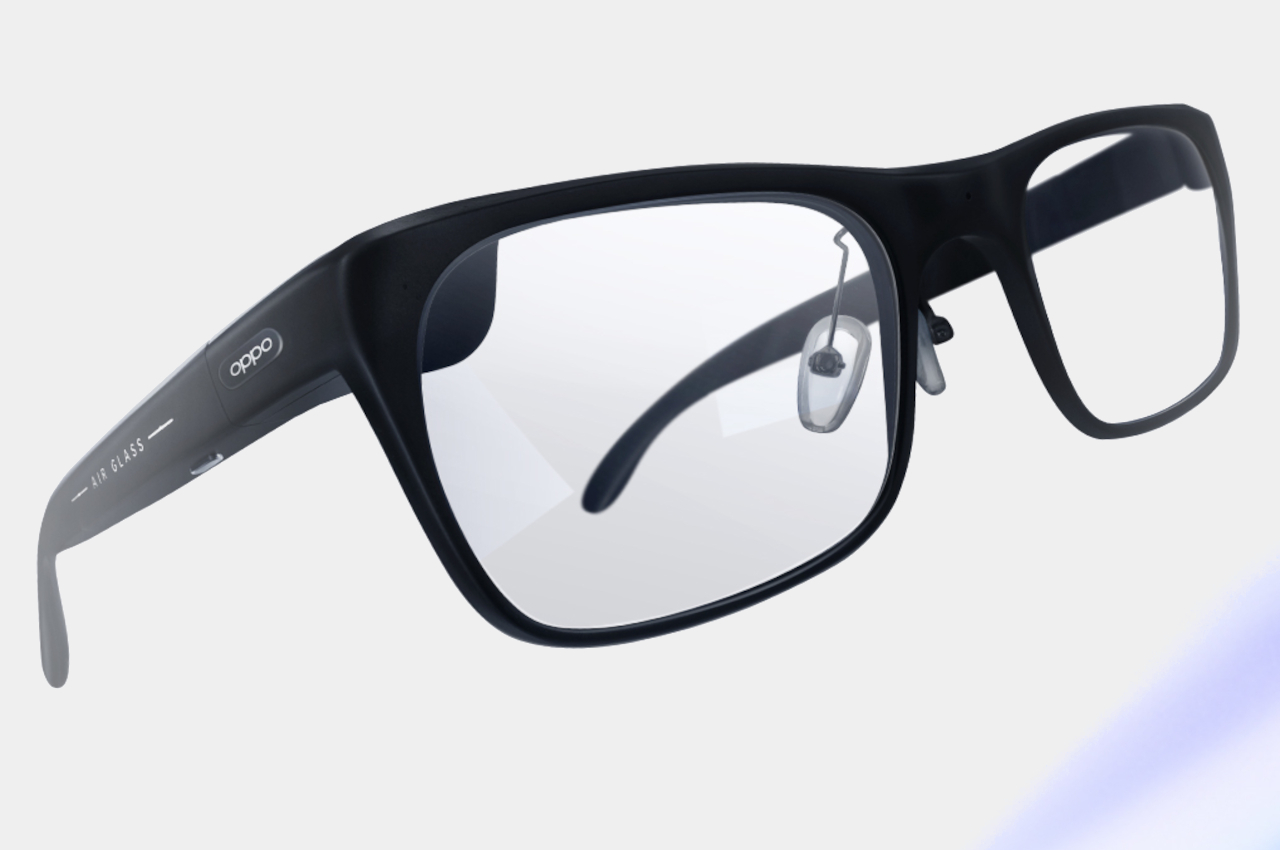
The post OPPO Air Glass 3 brings AI to your vision to improve your interactions first appeared on Yanko Design.